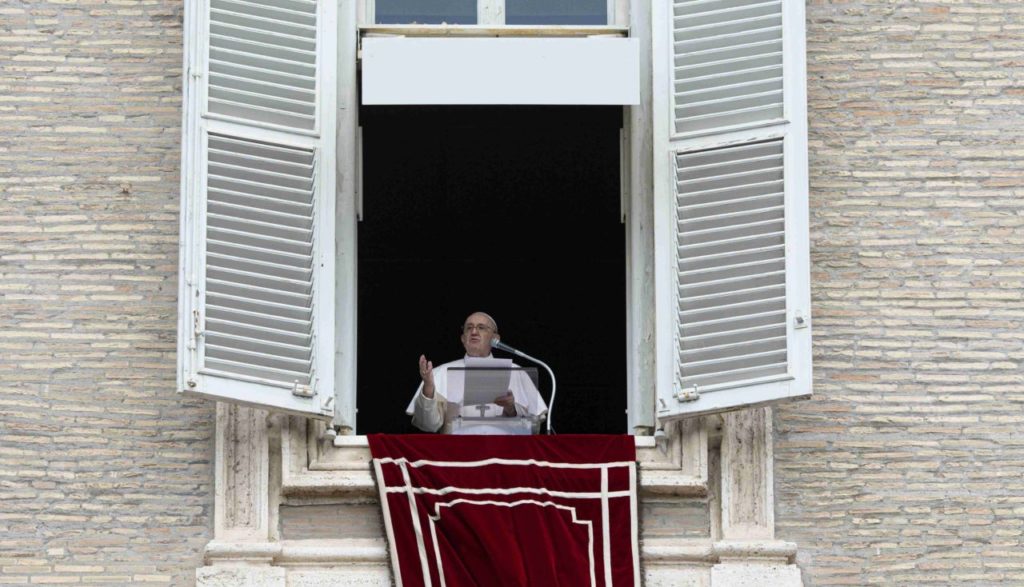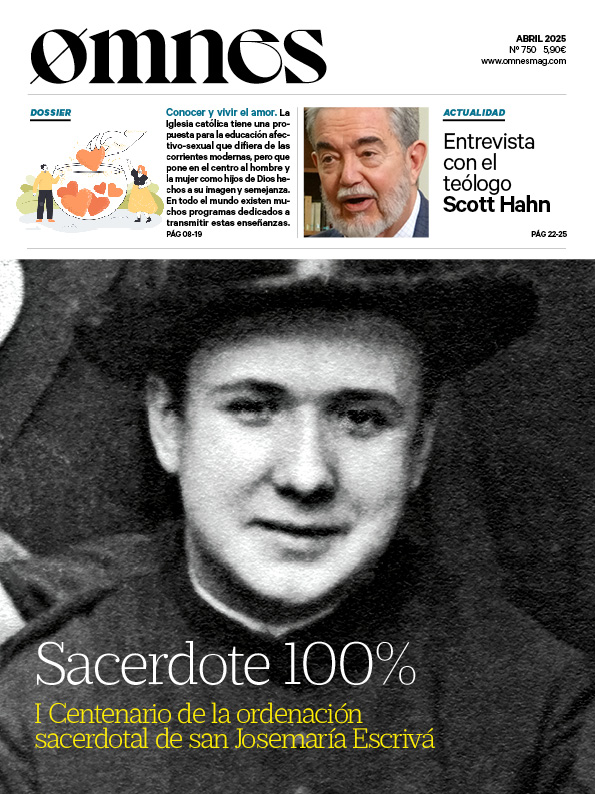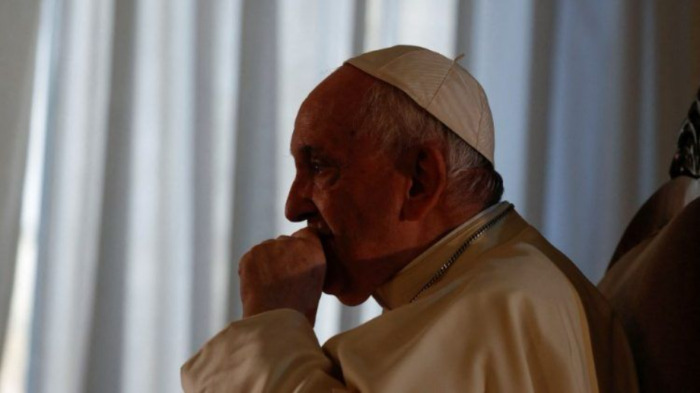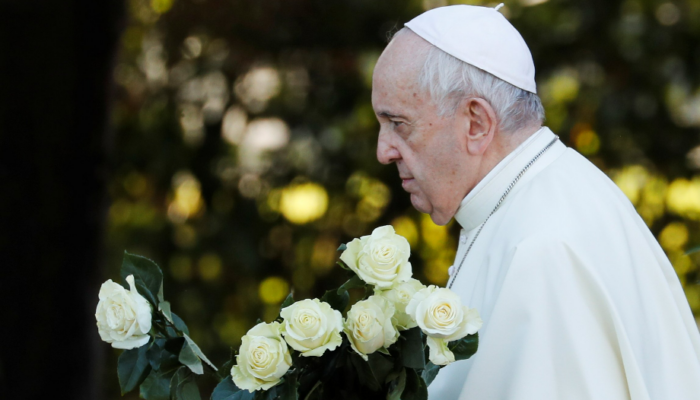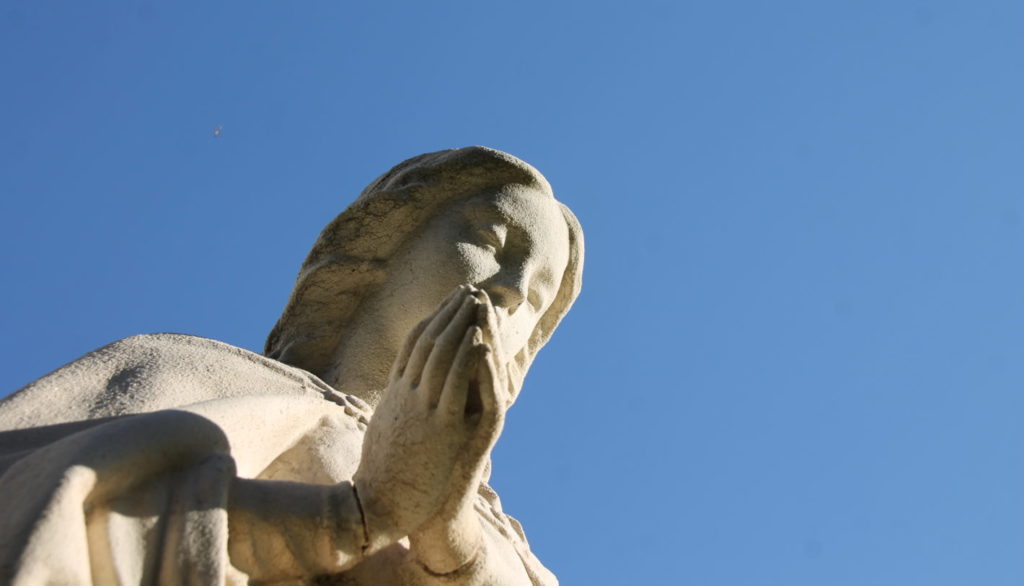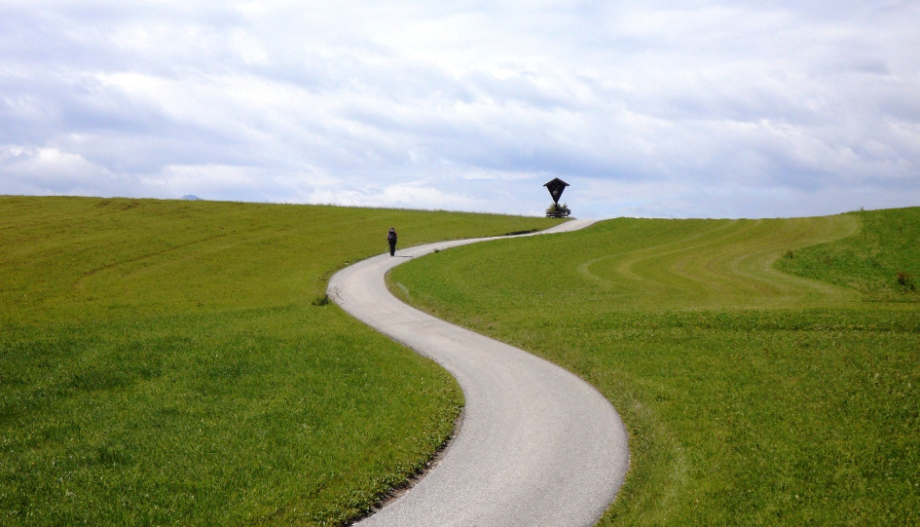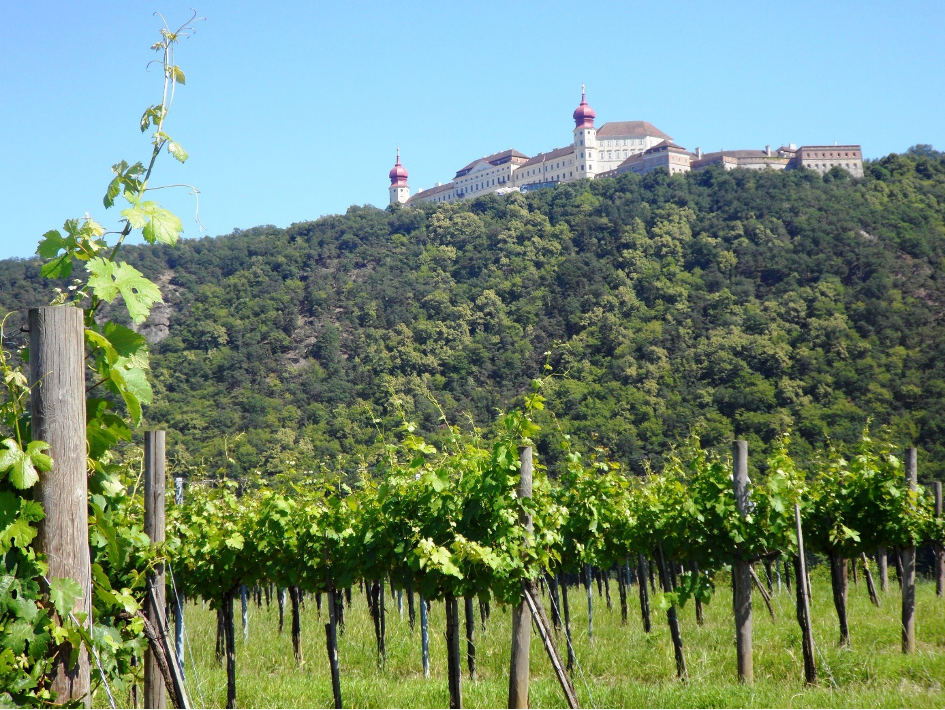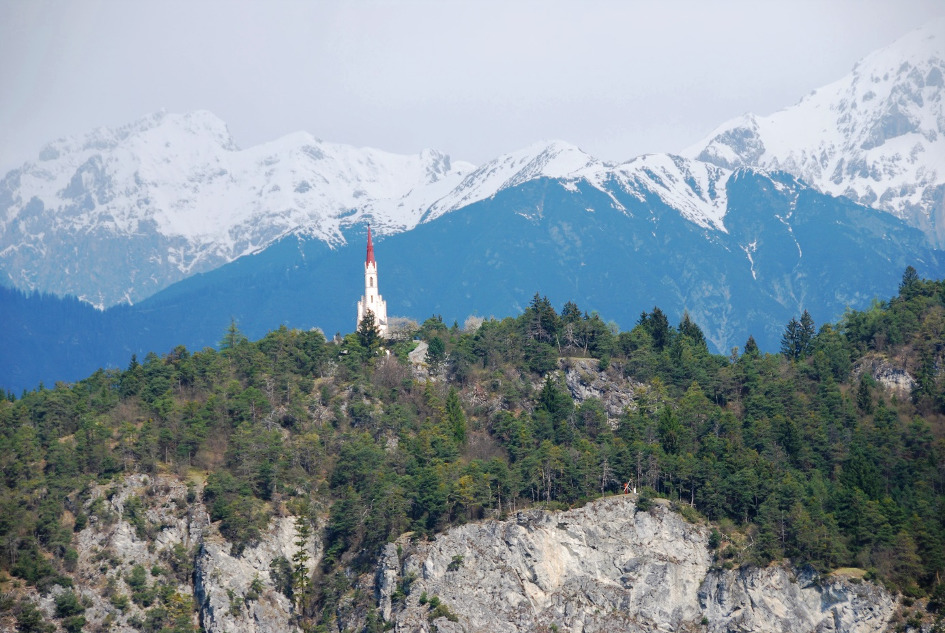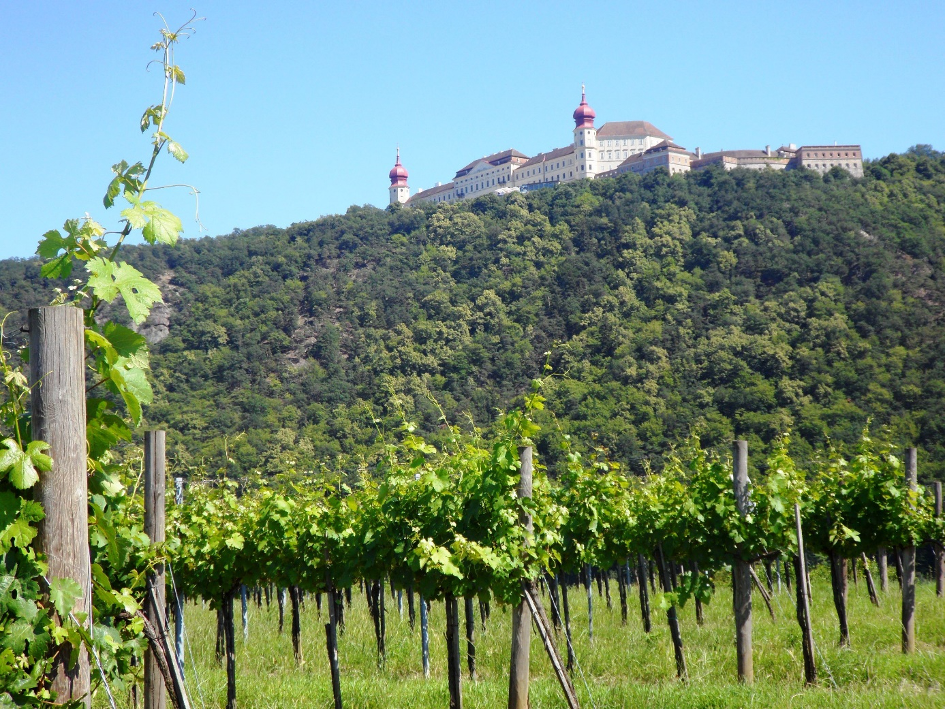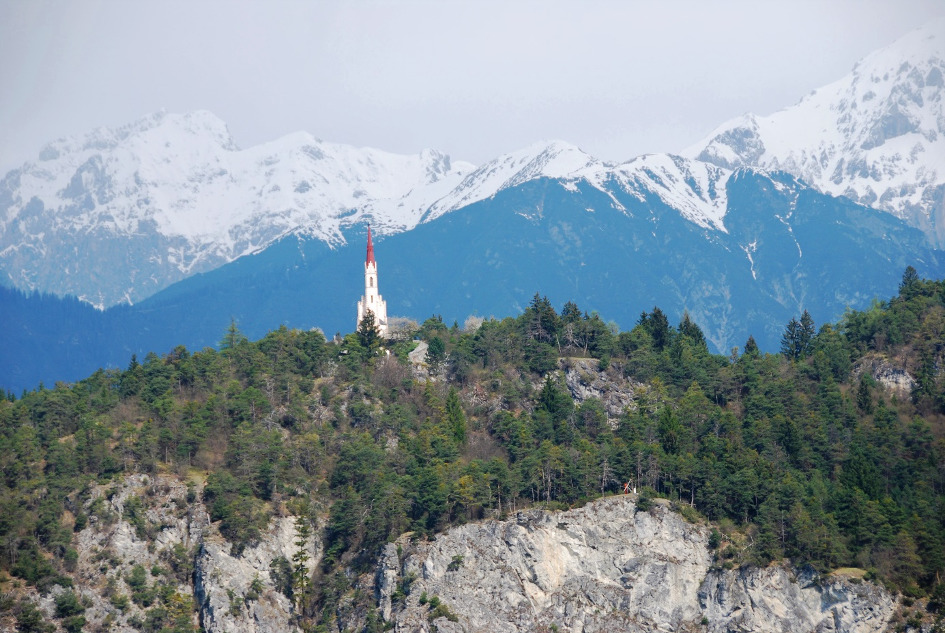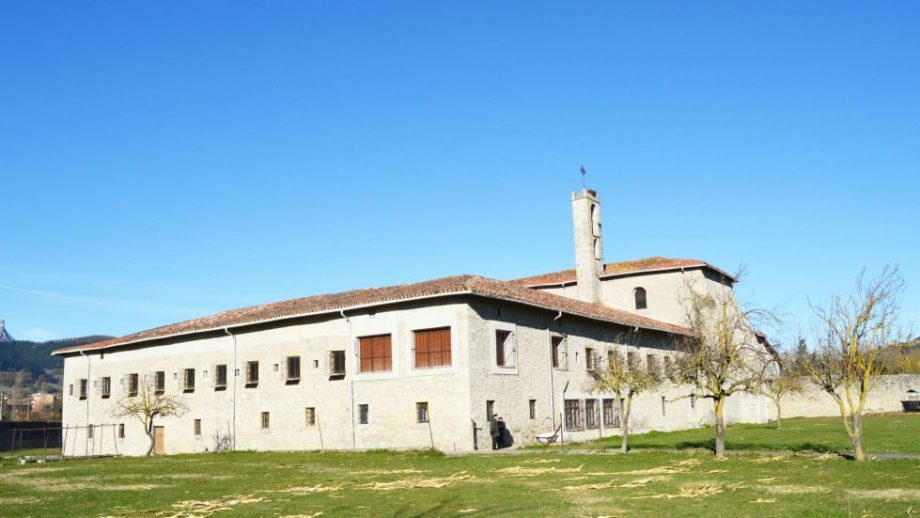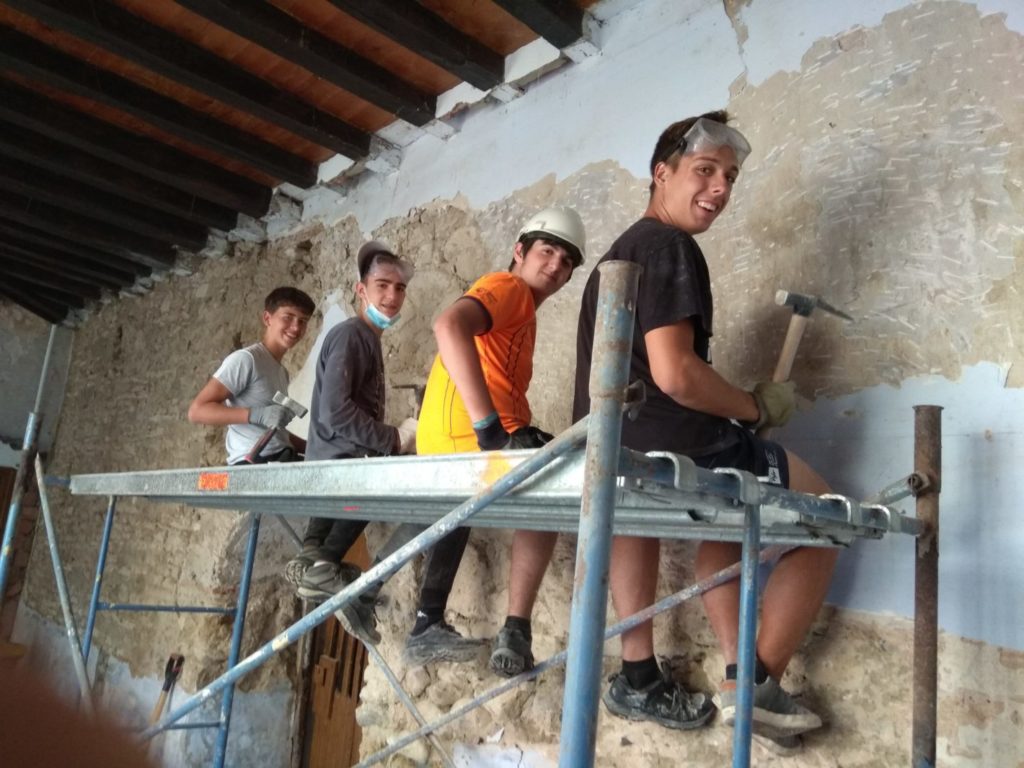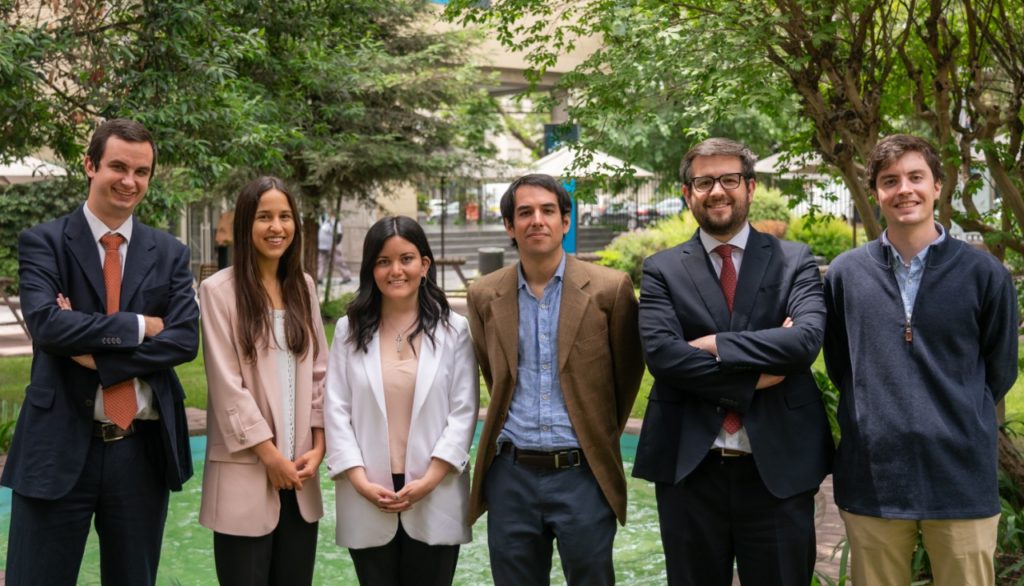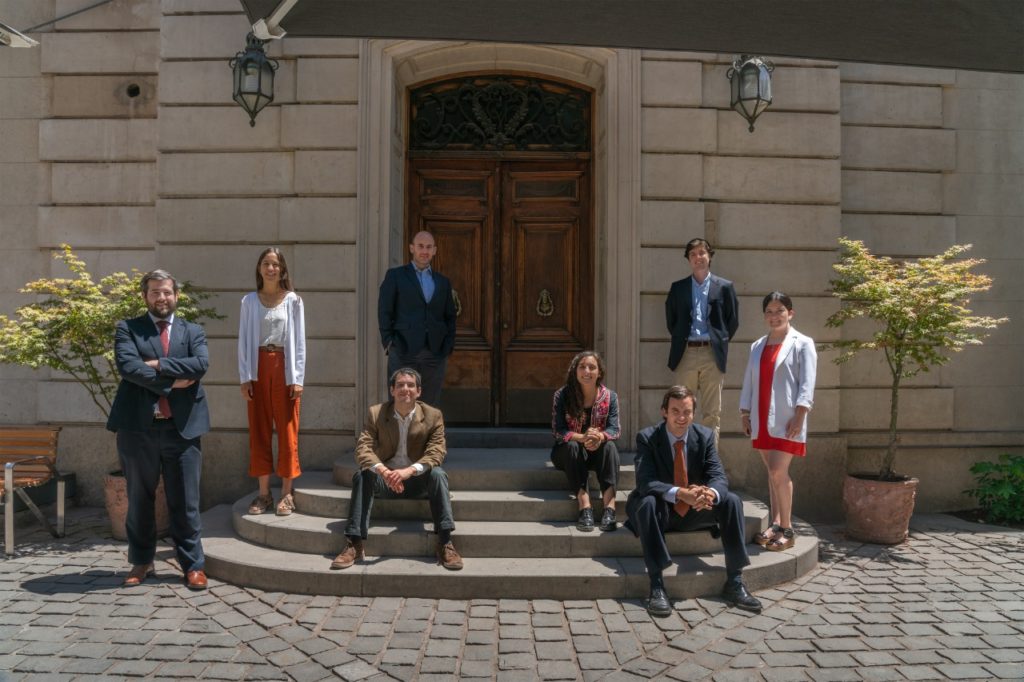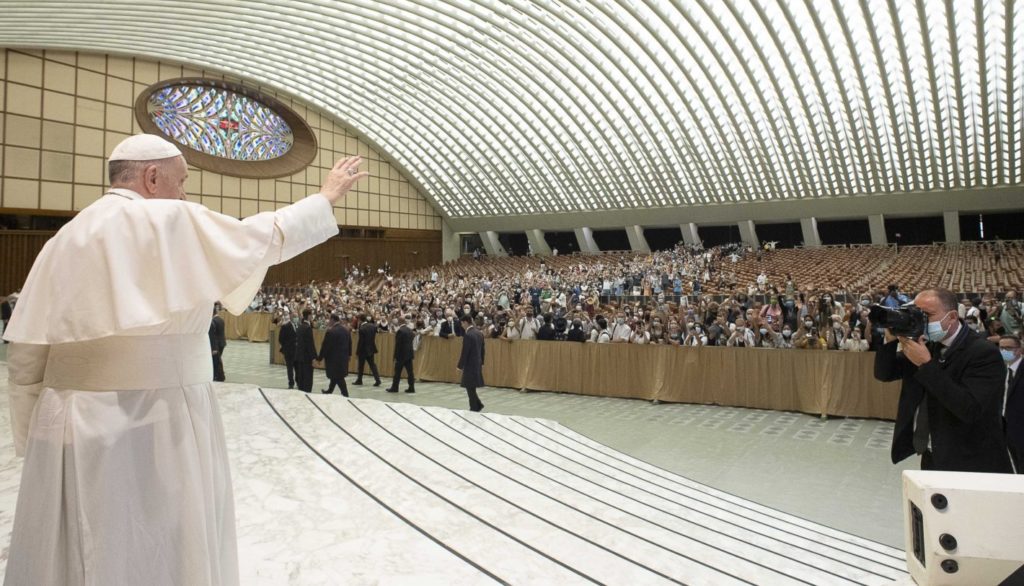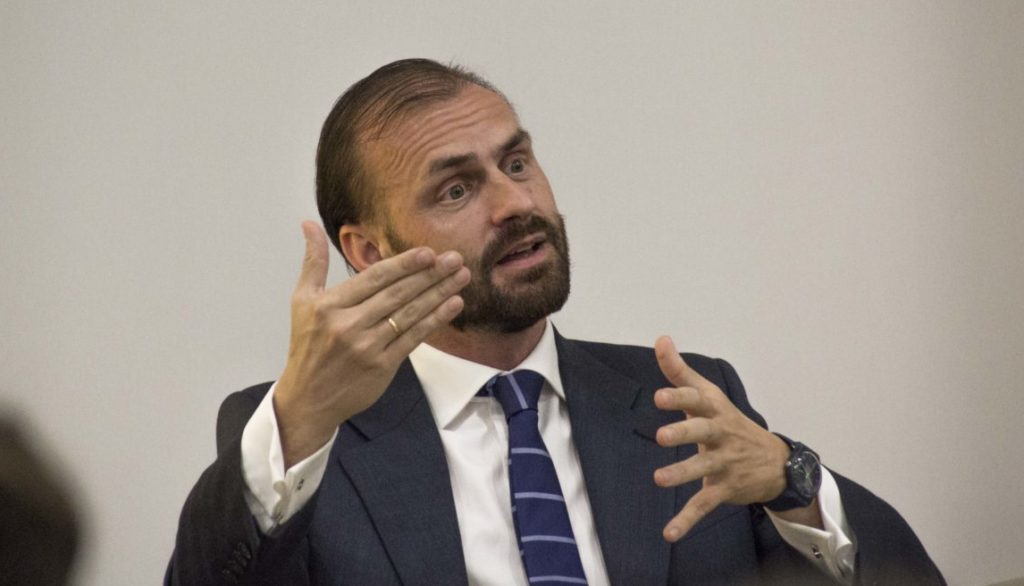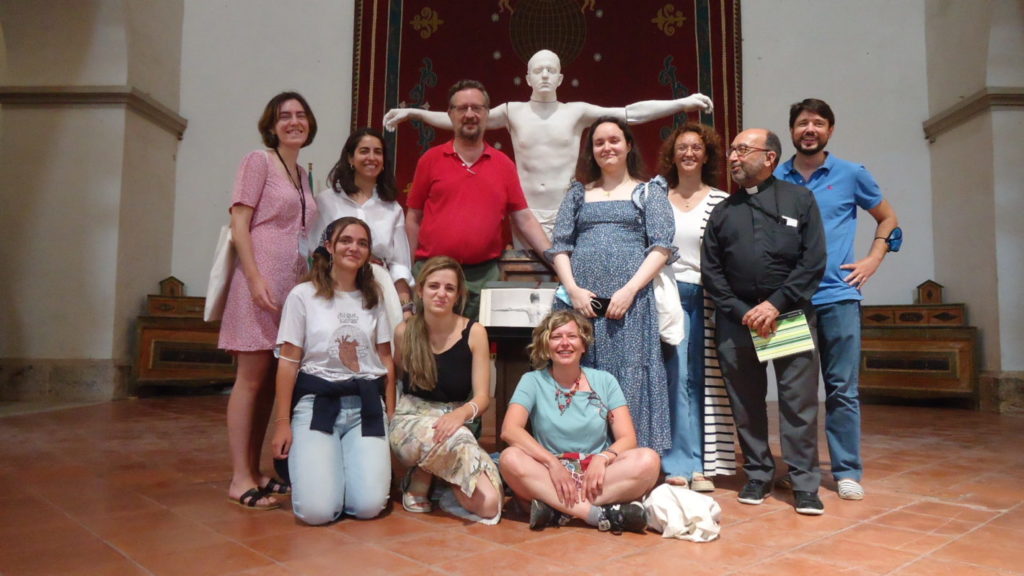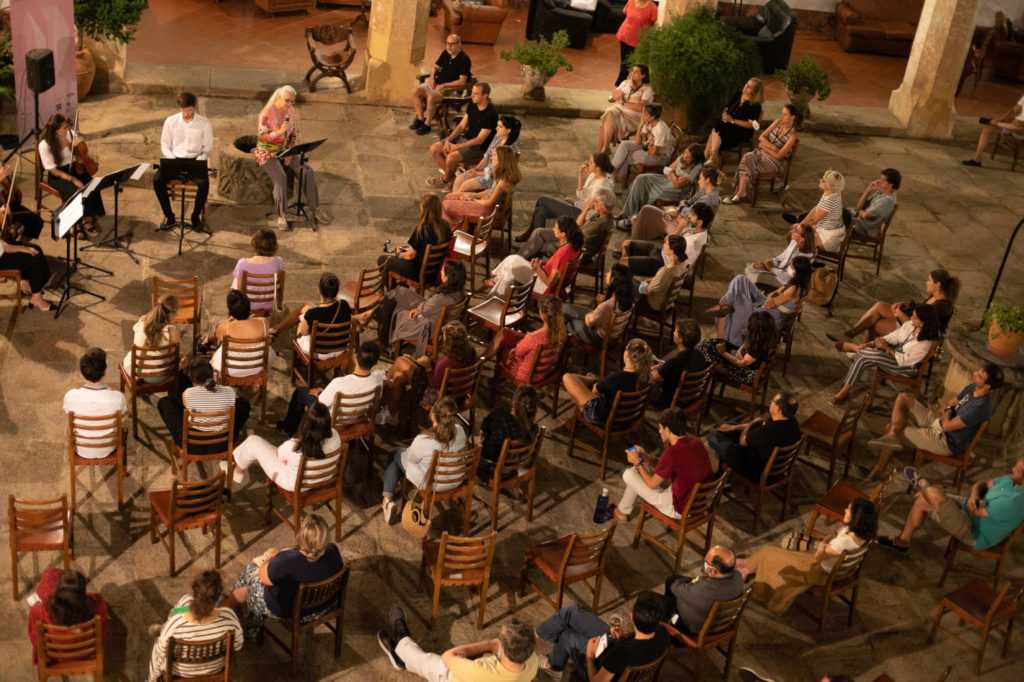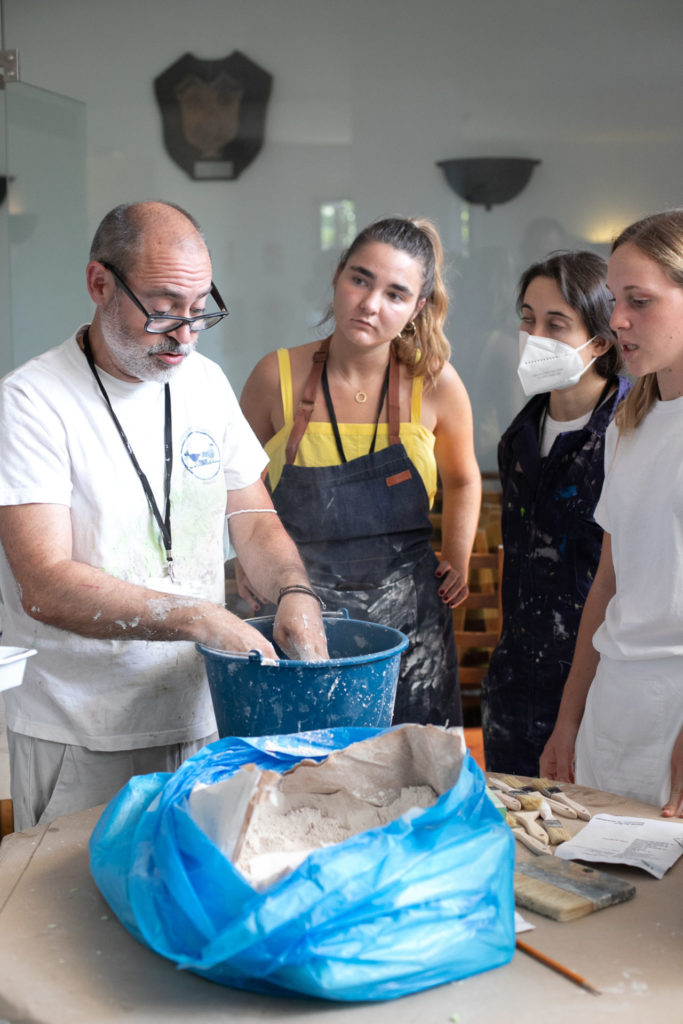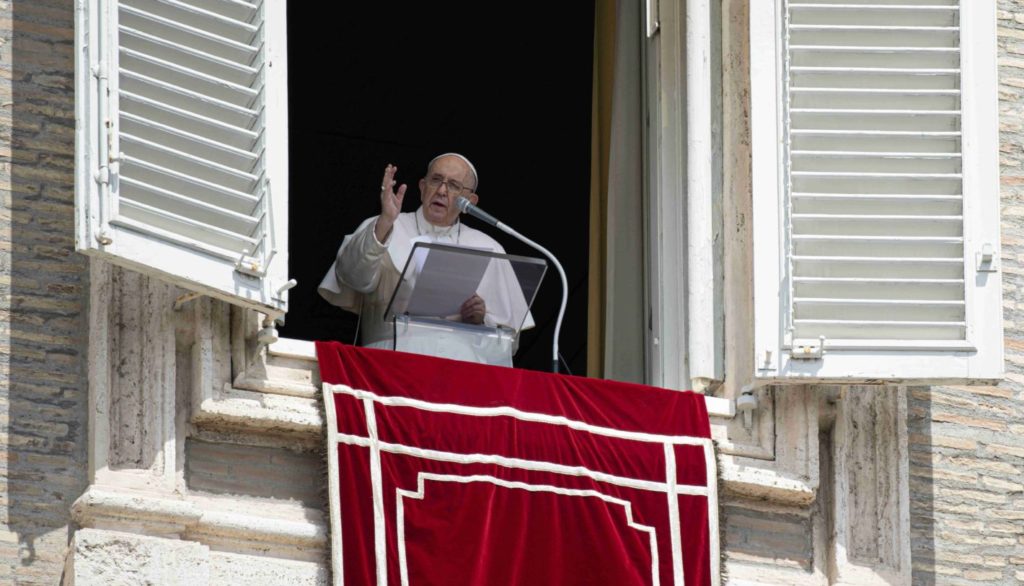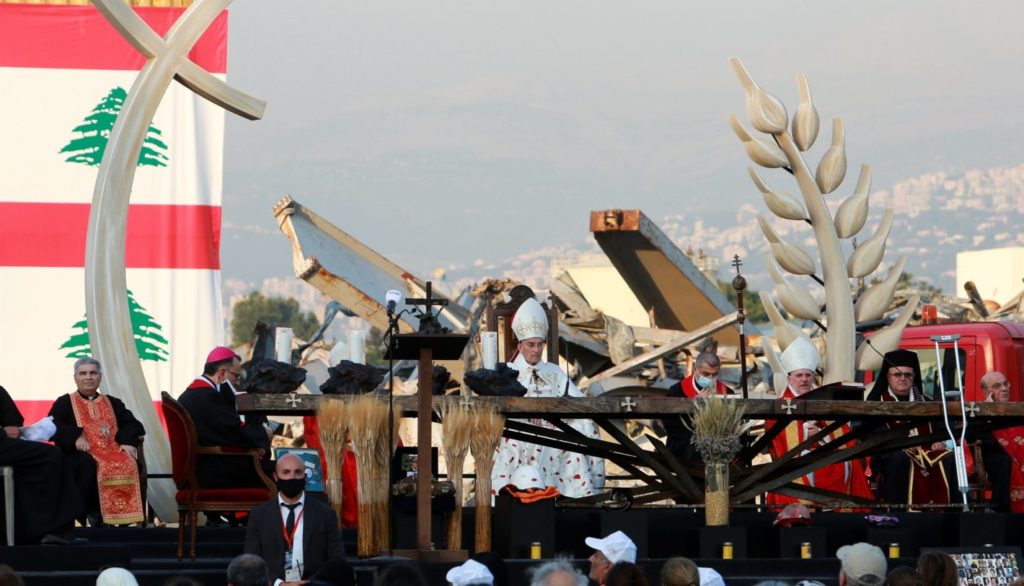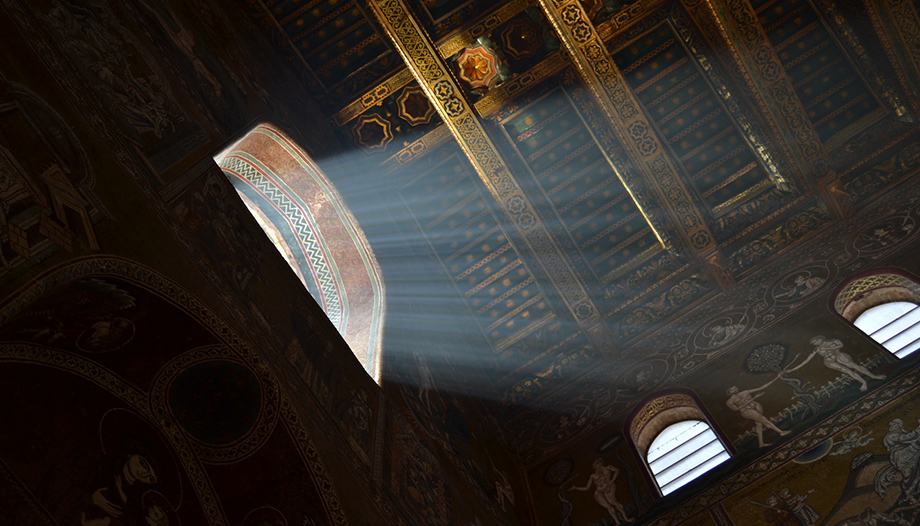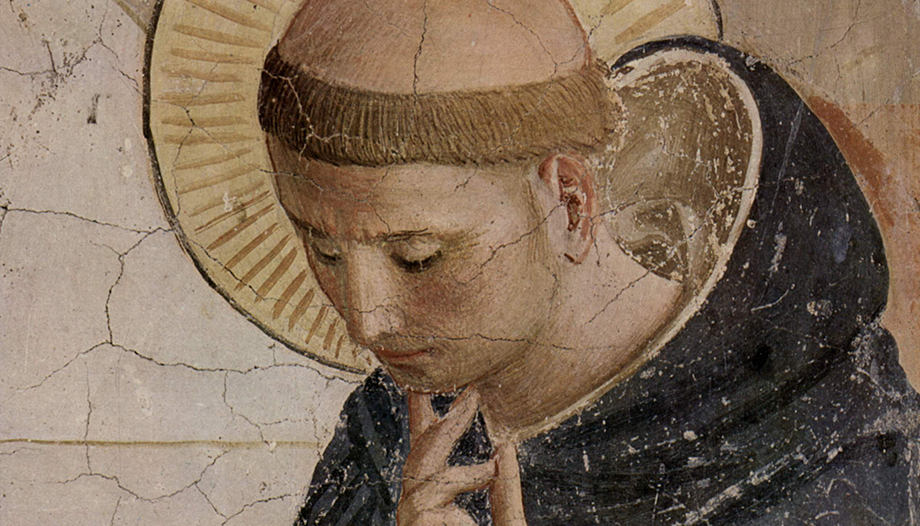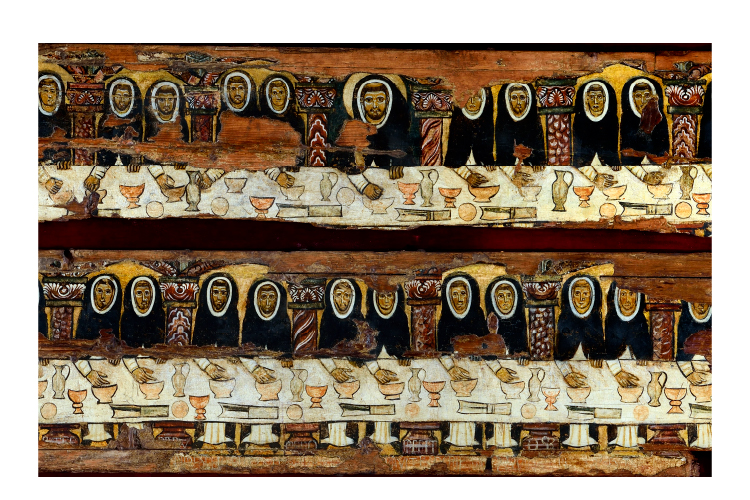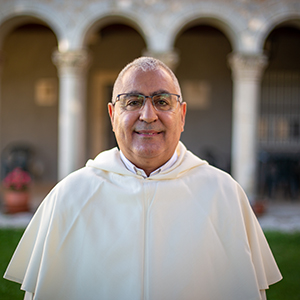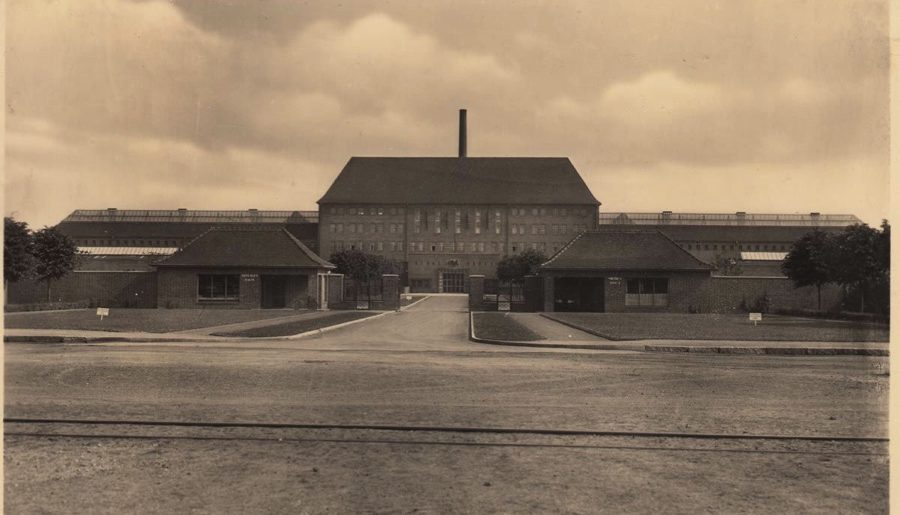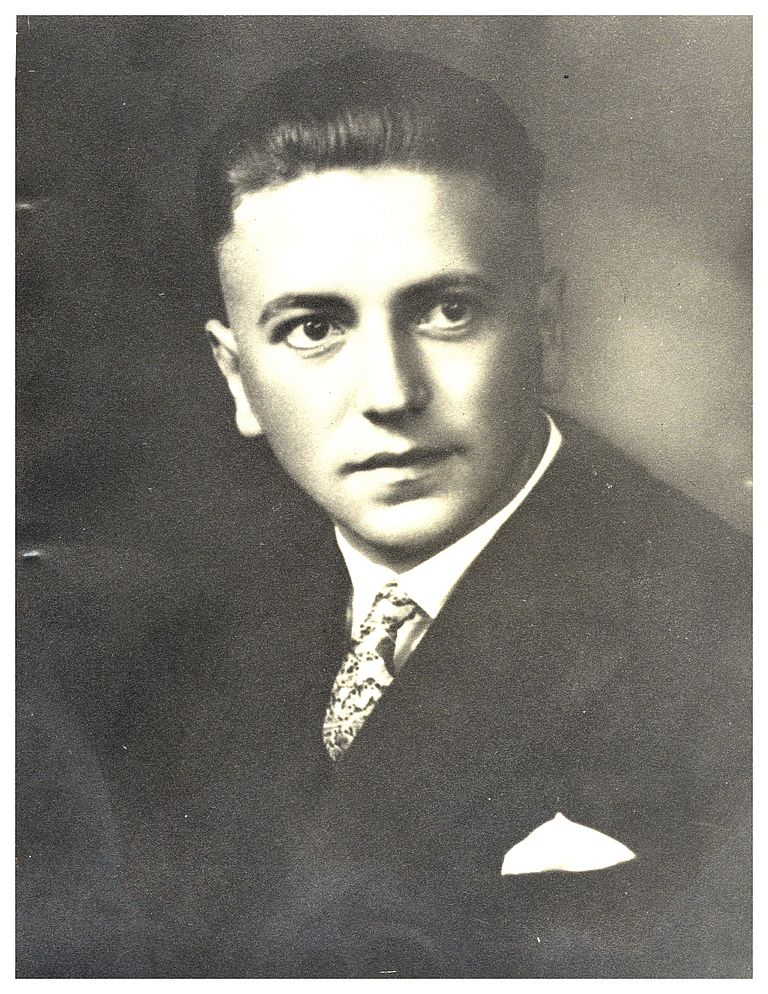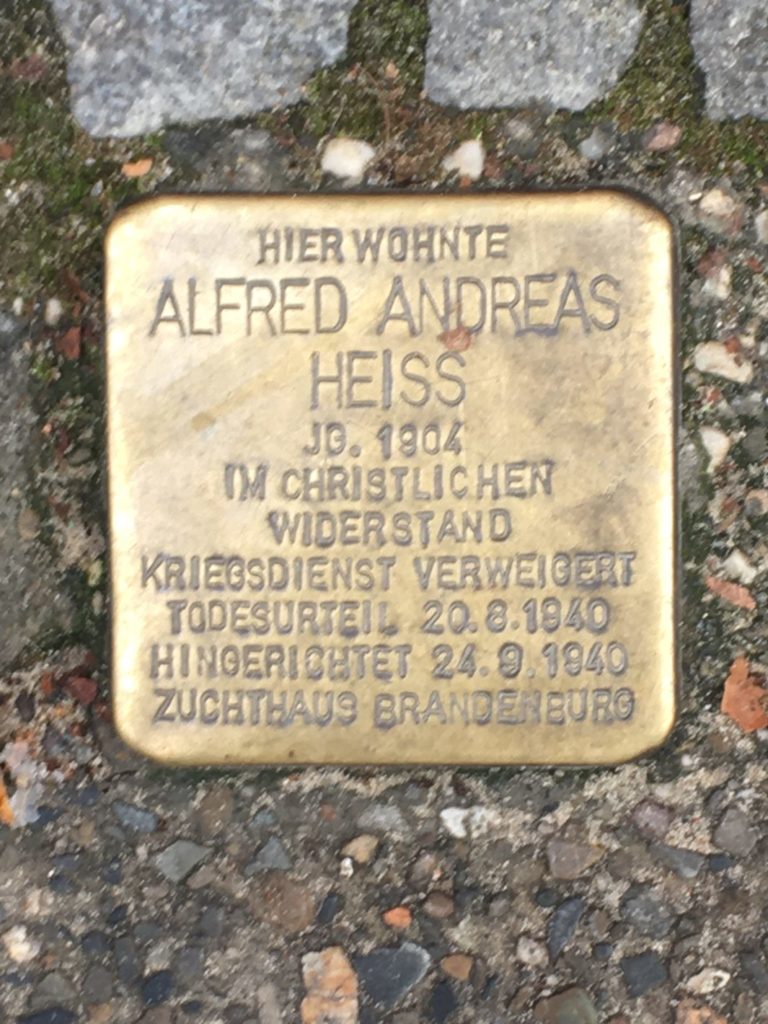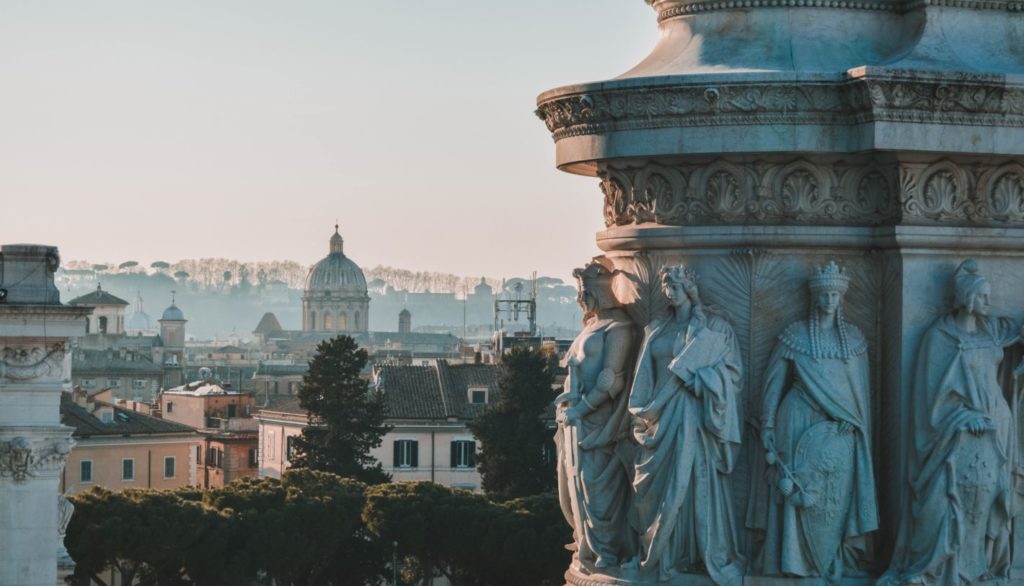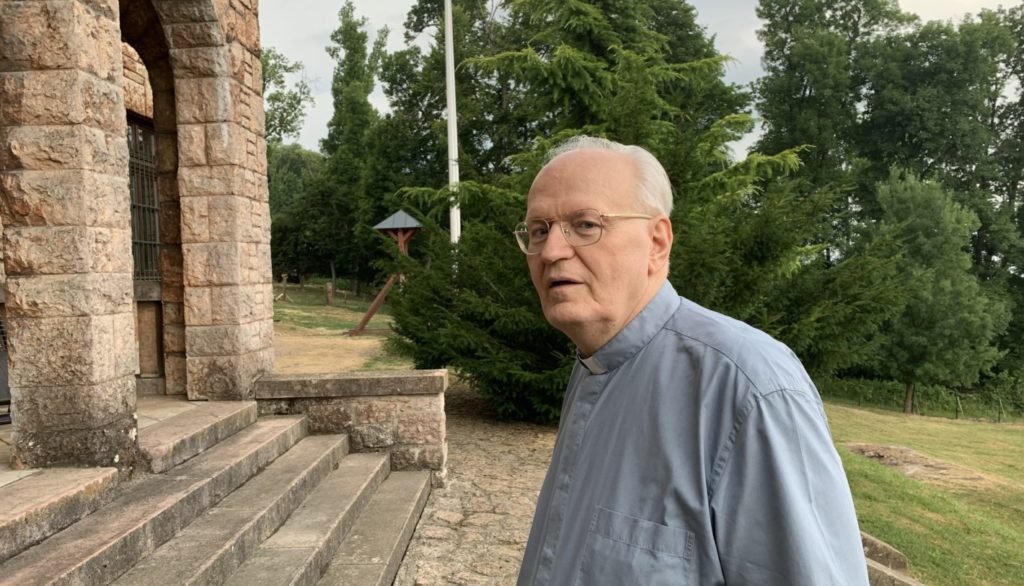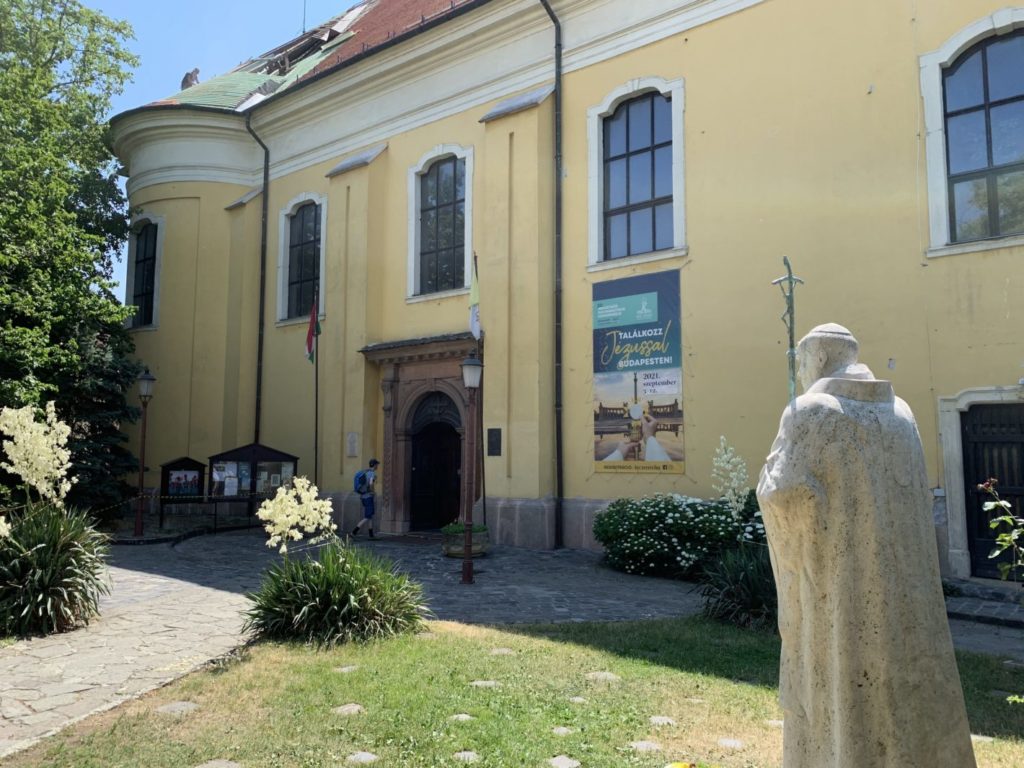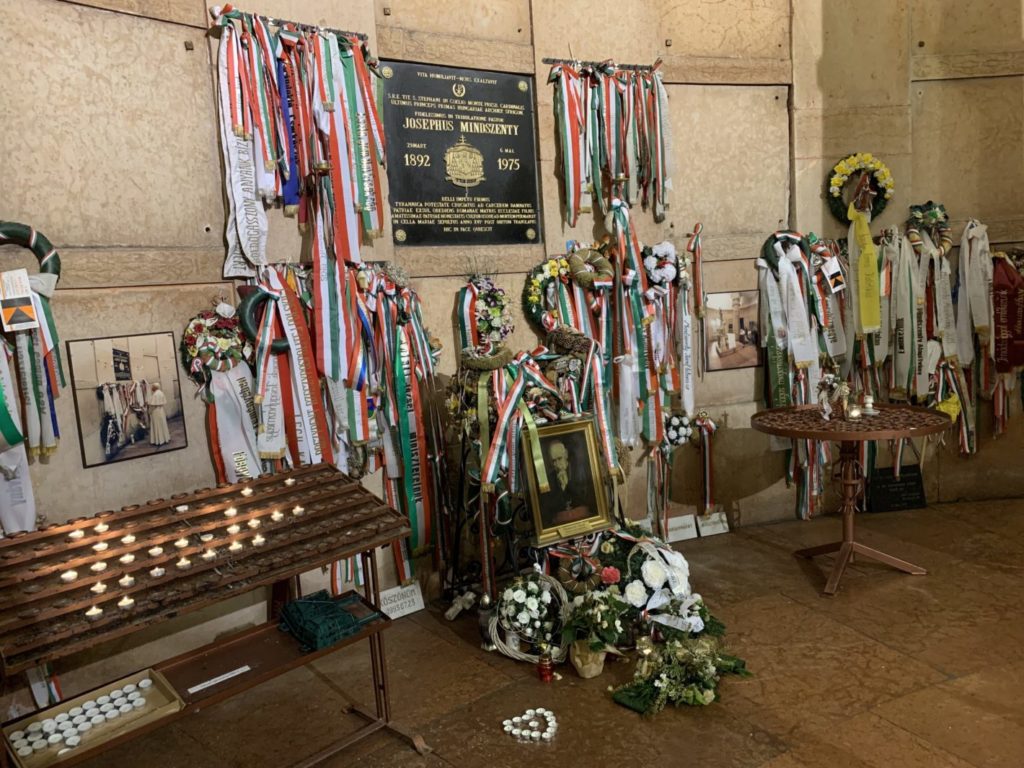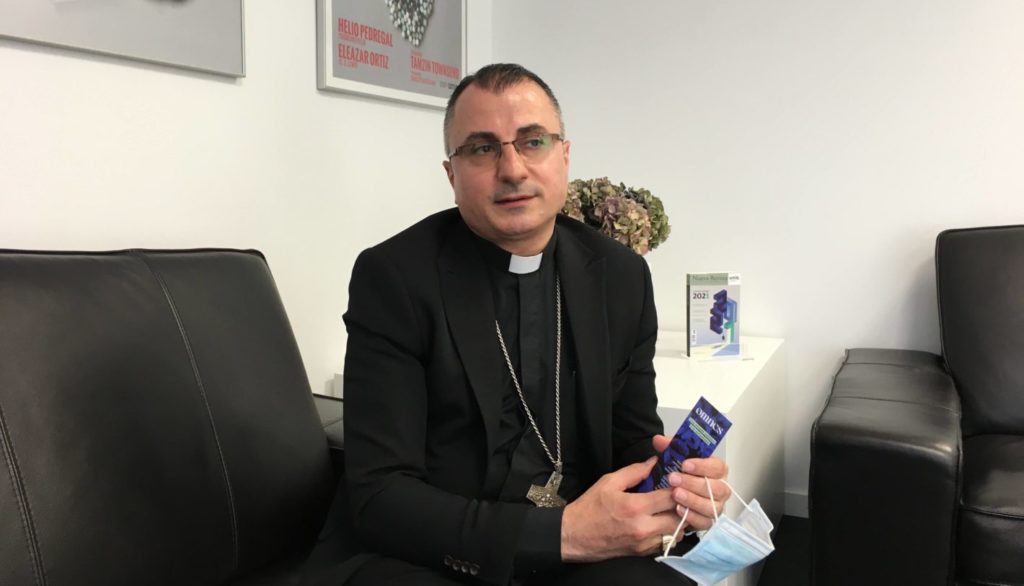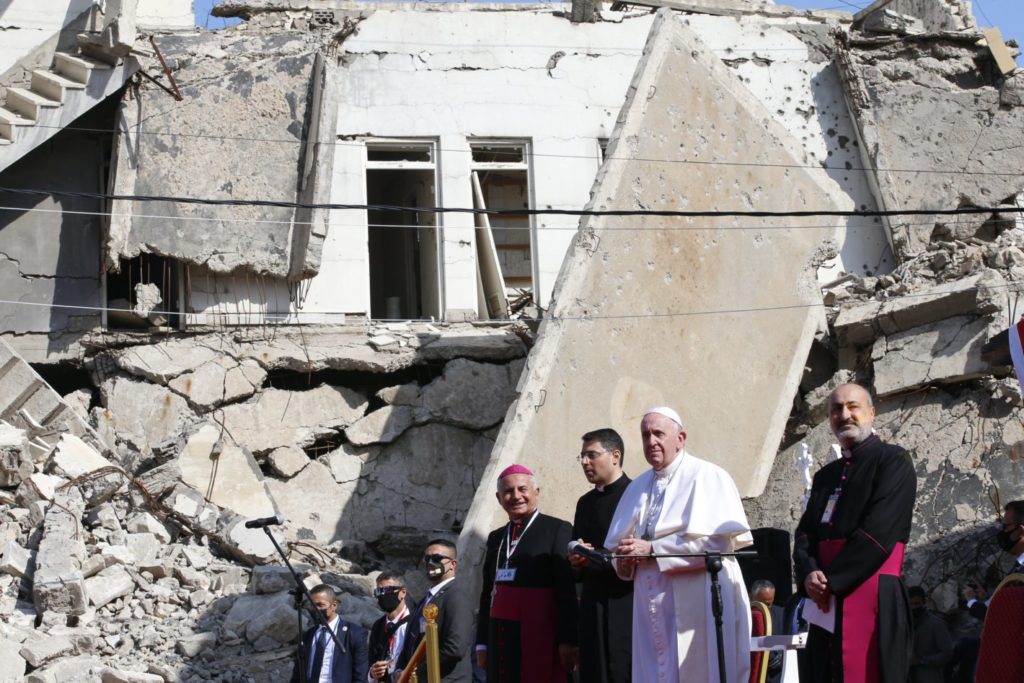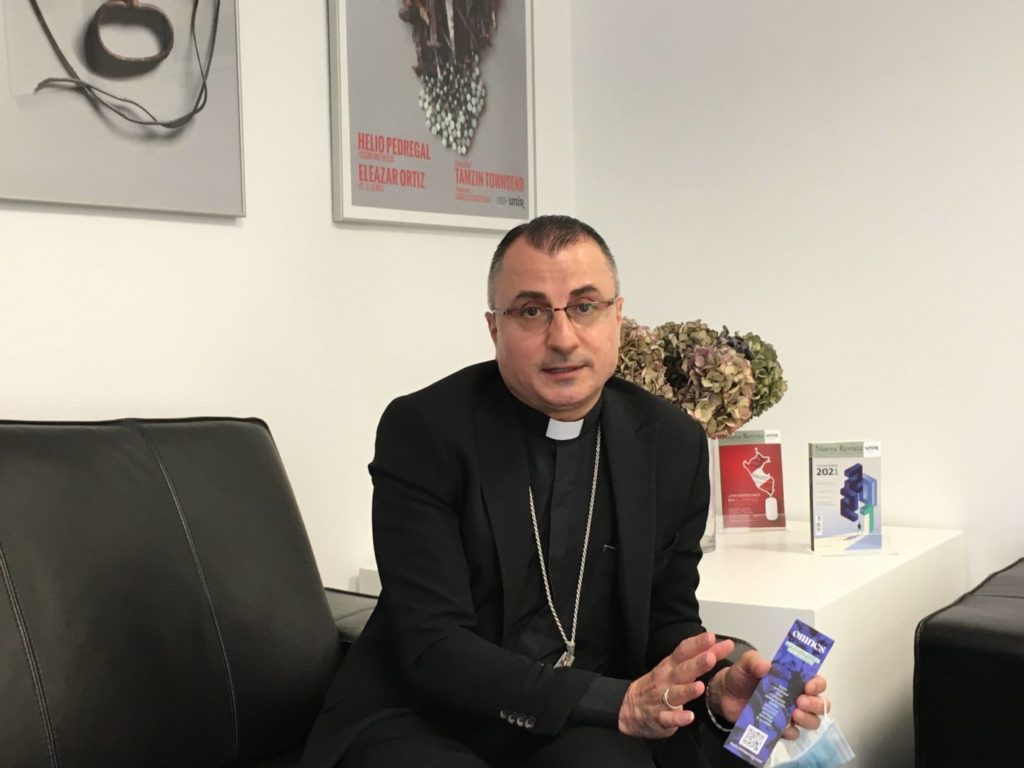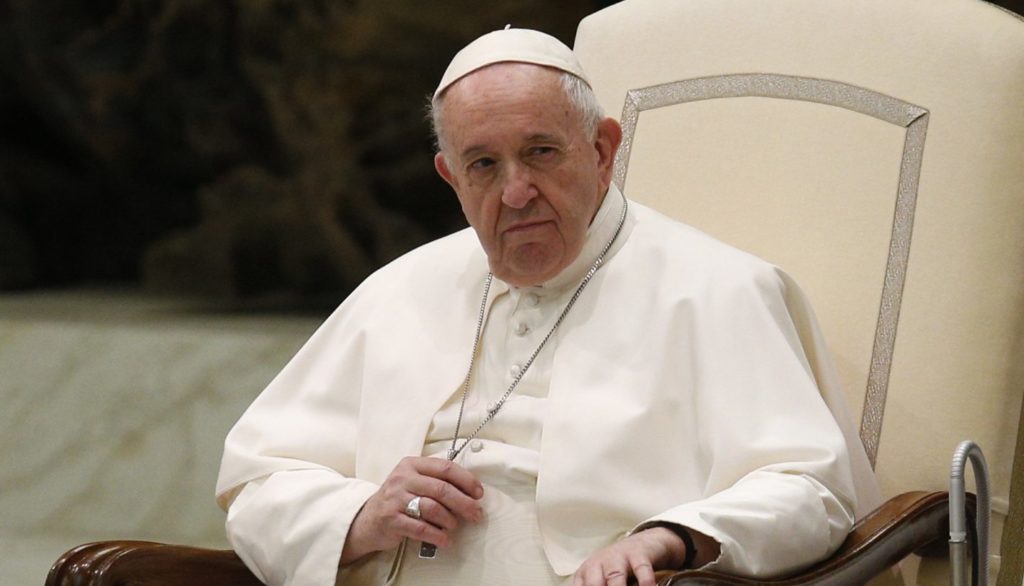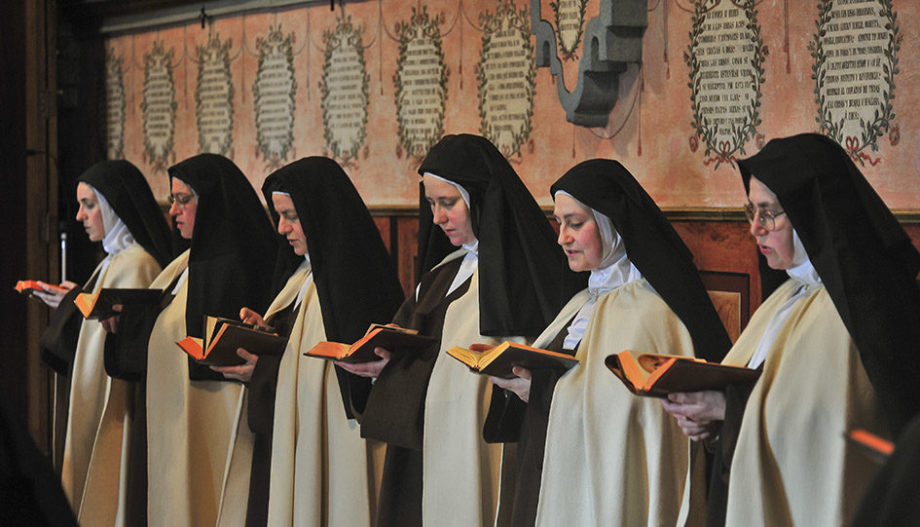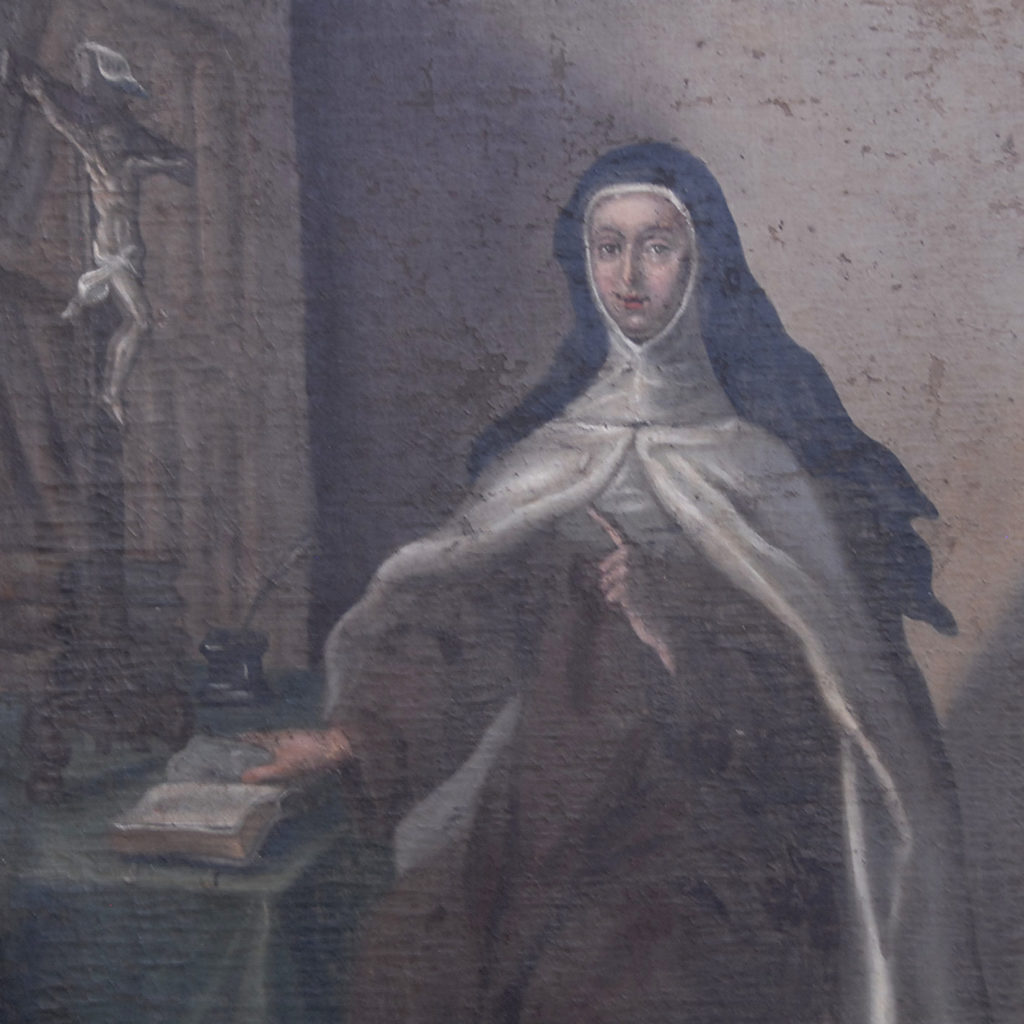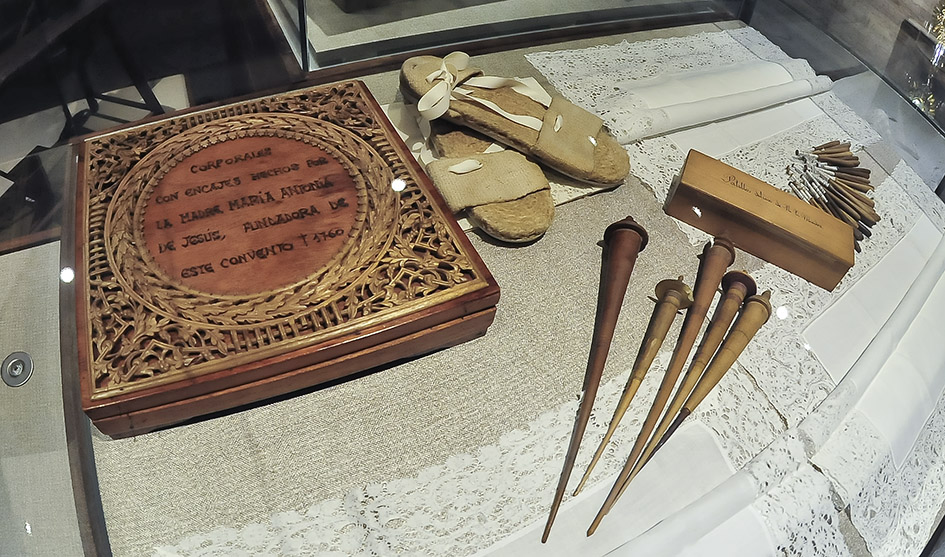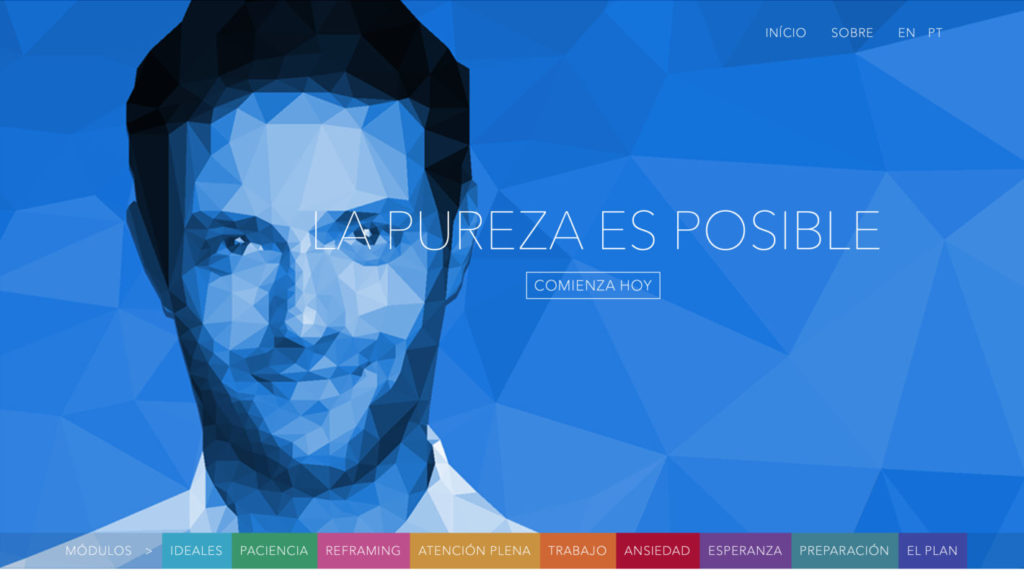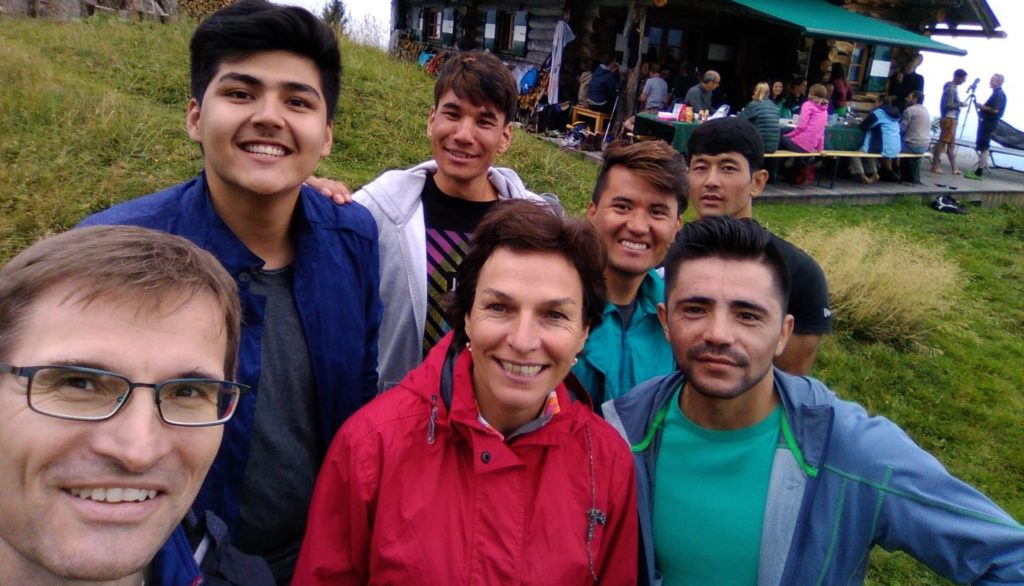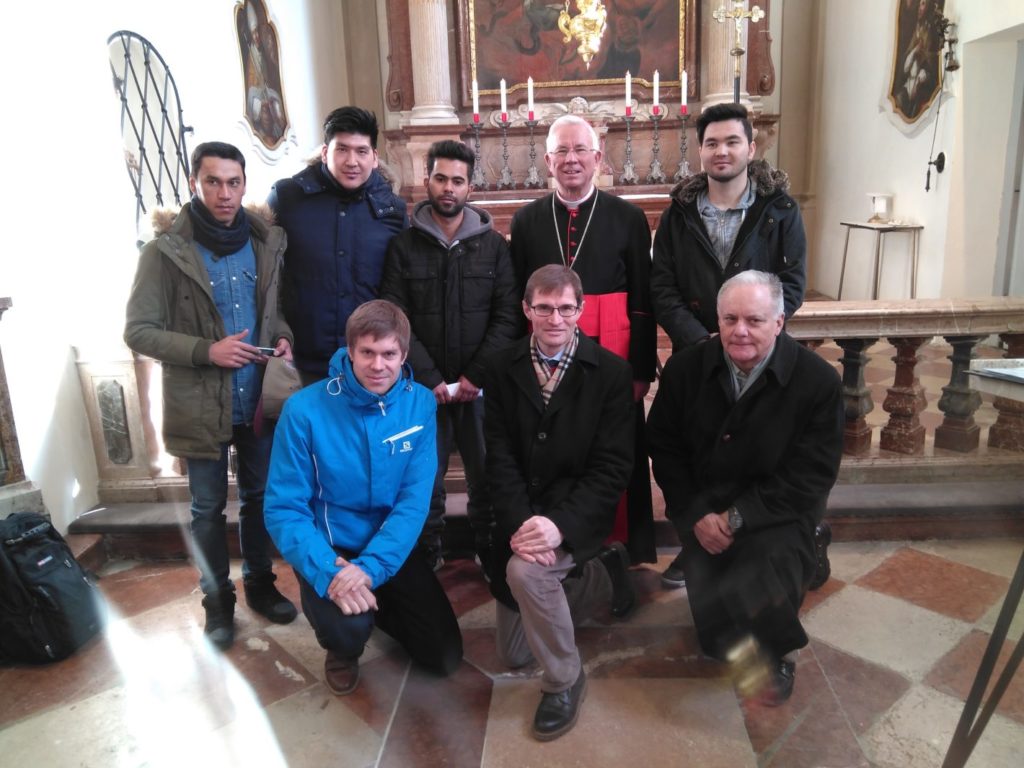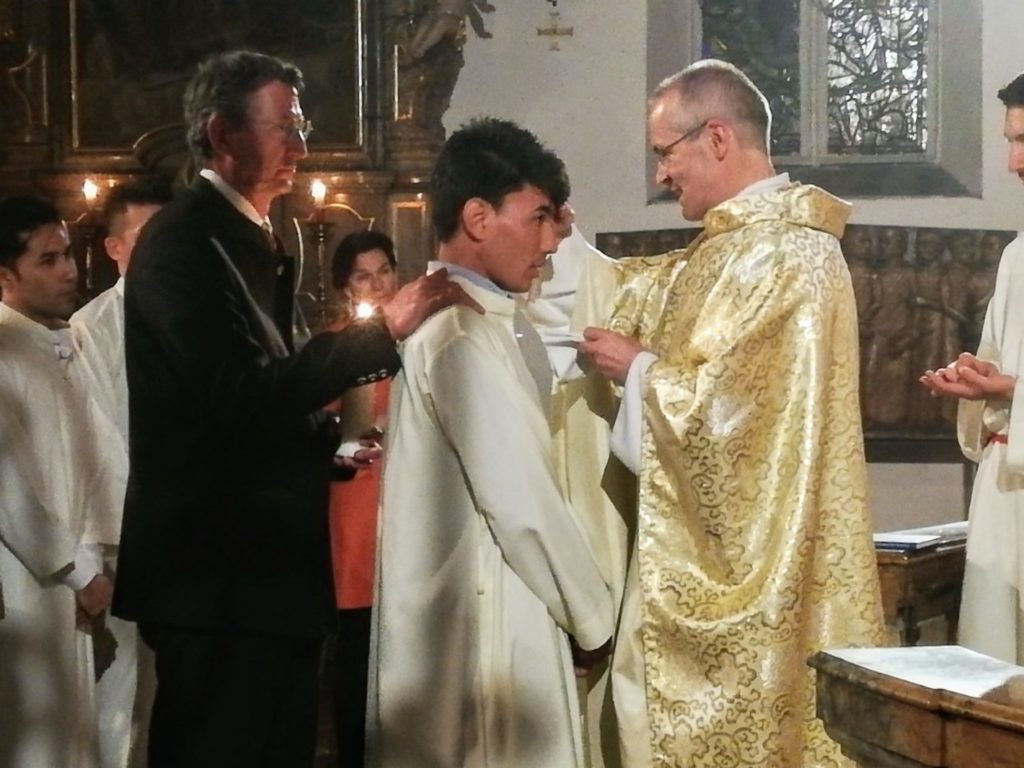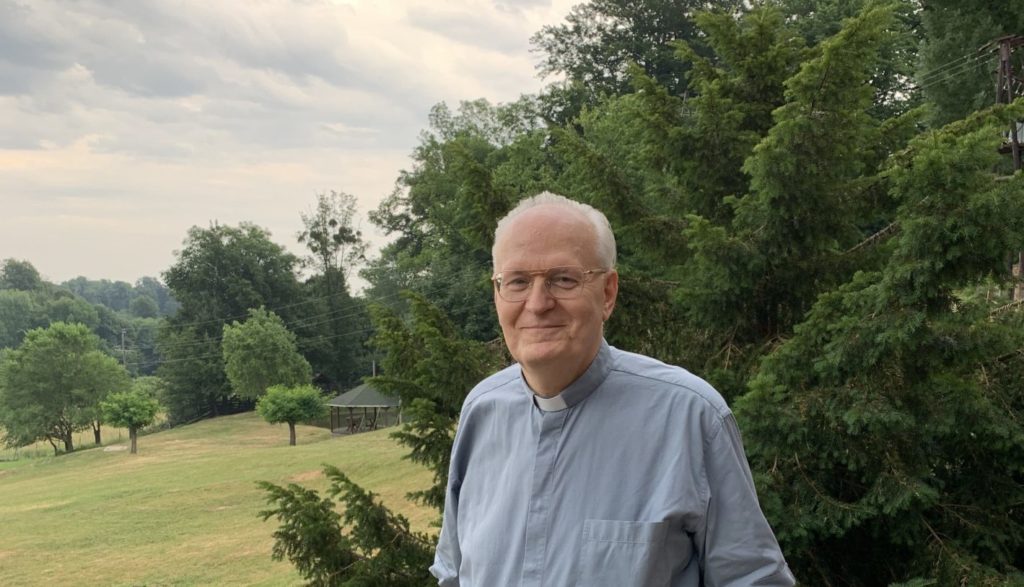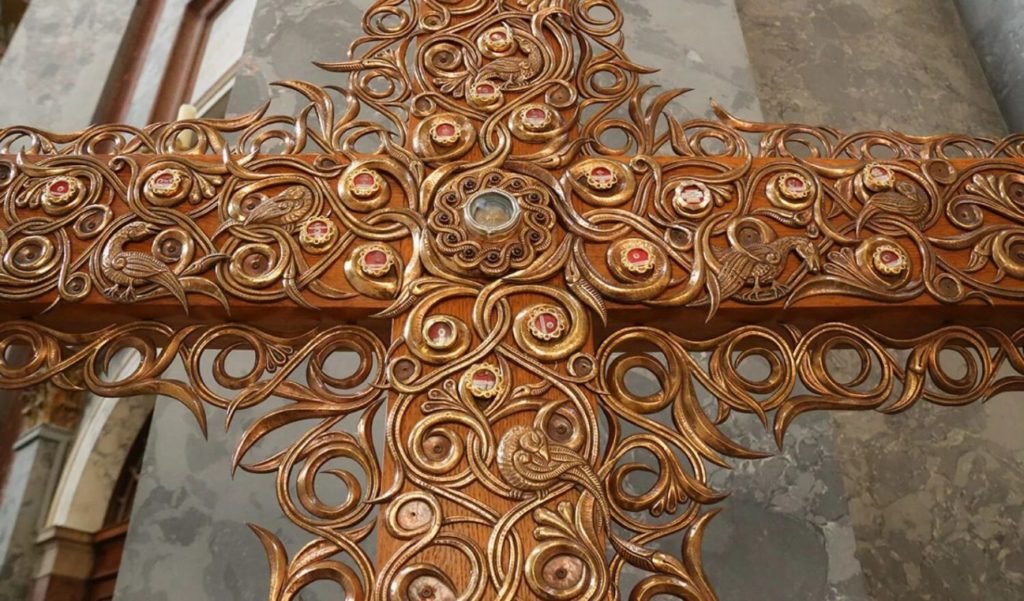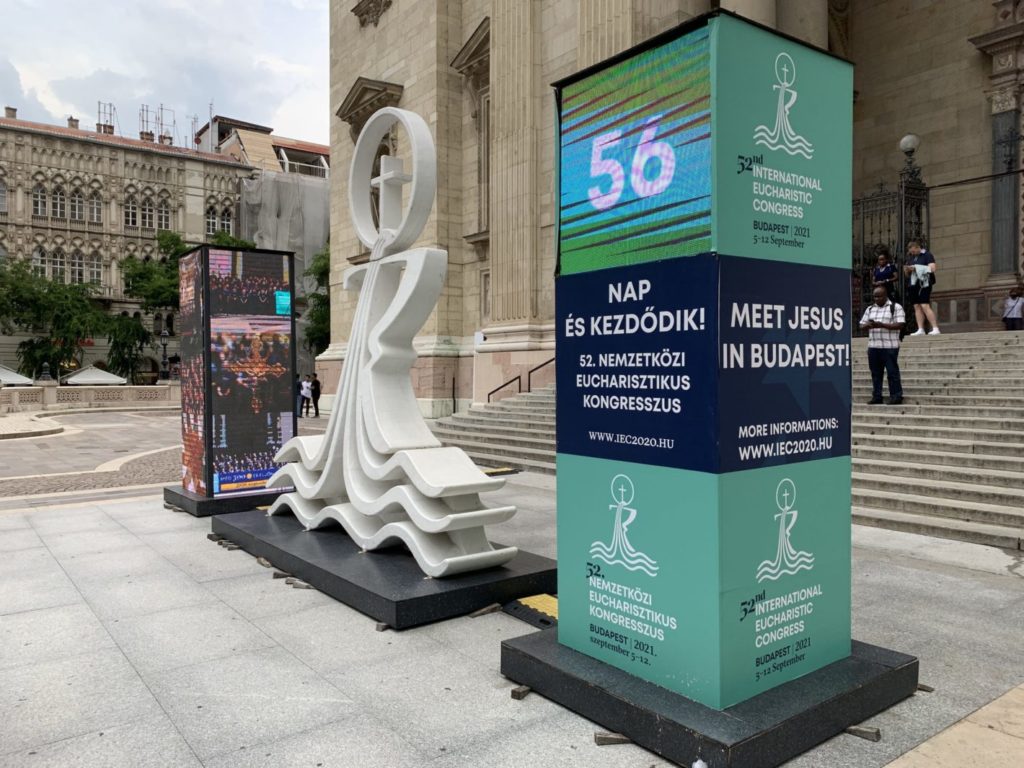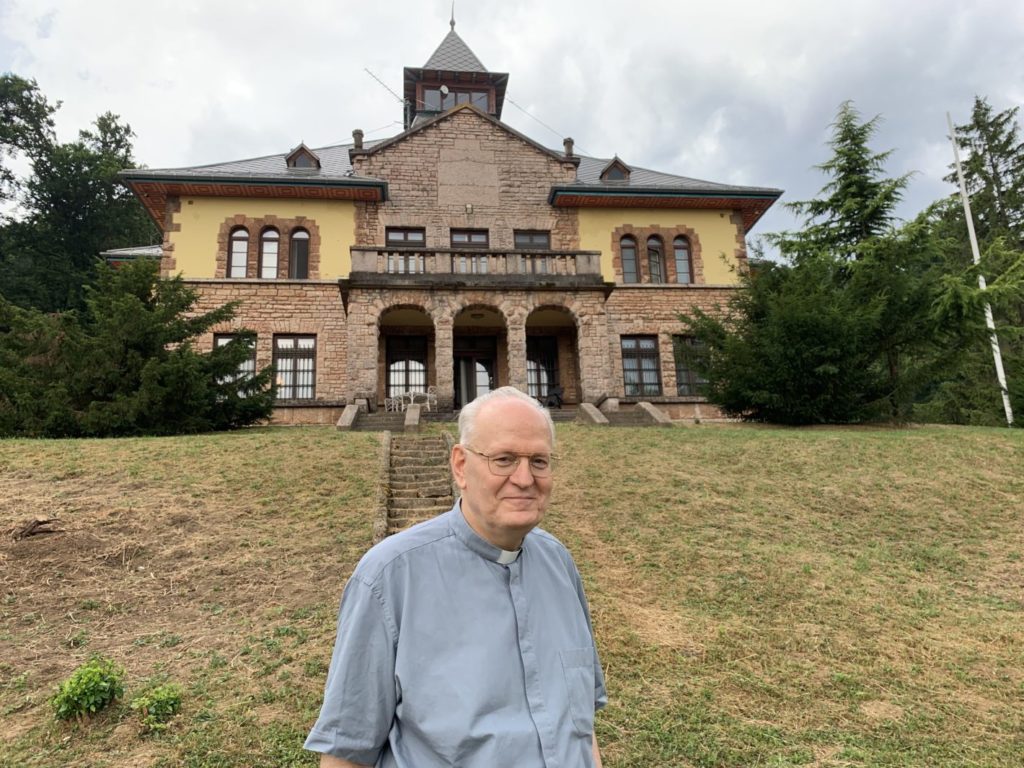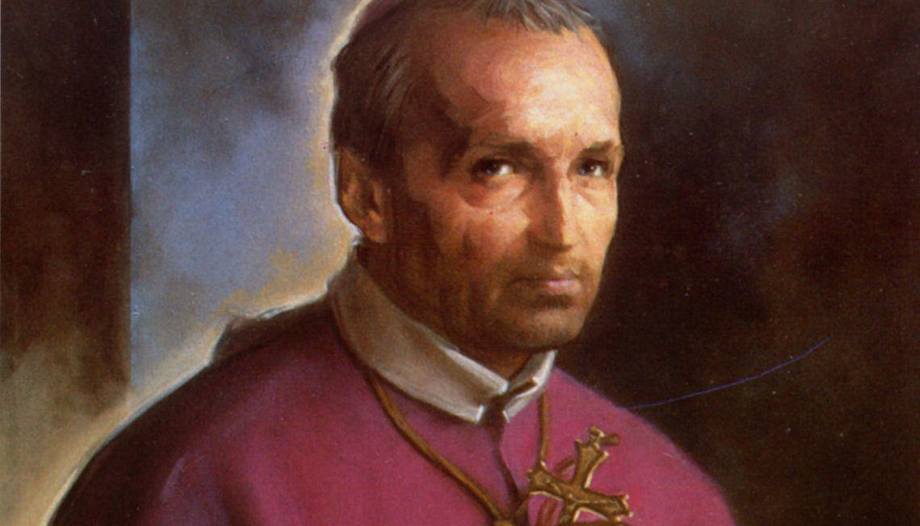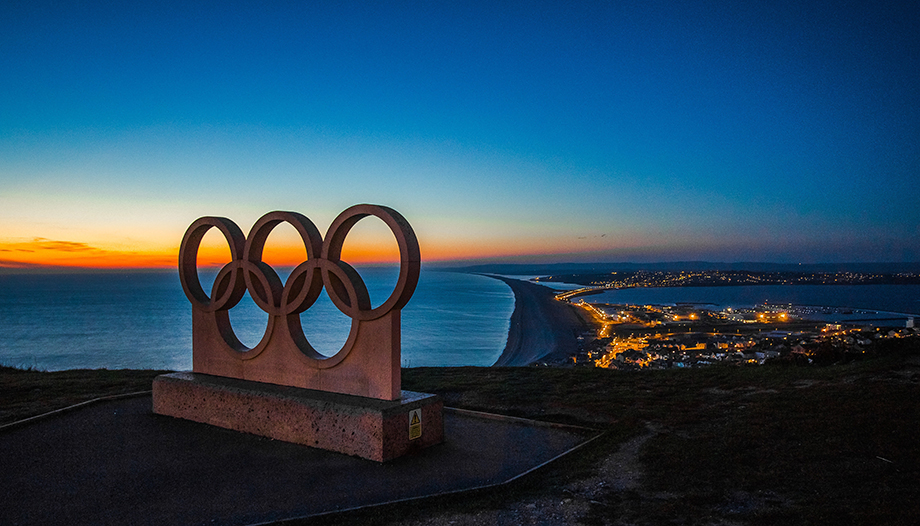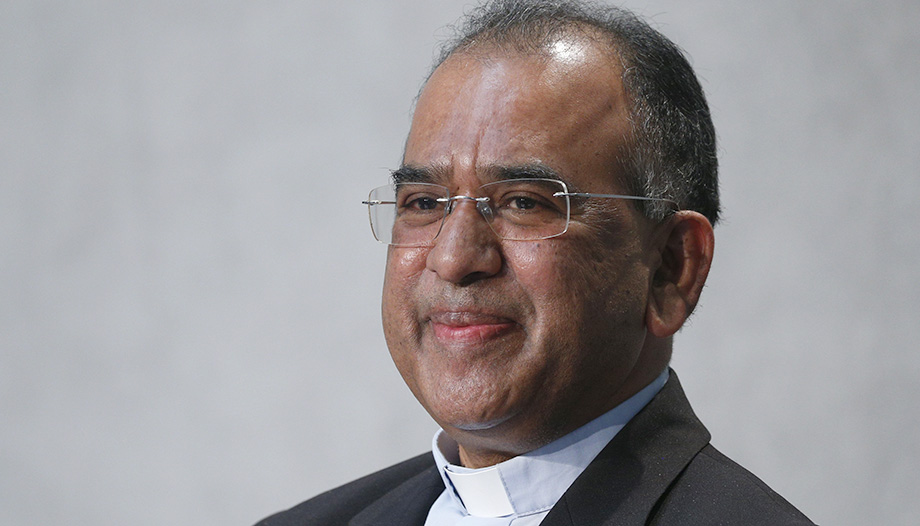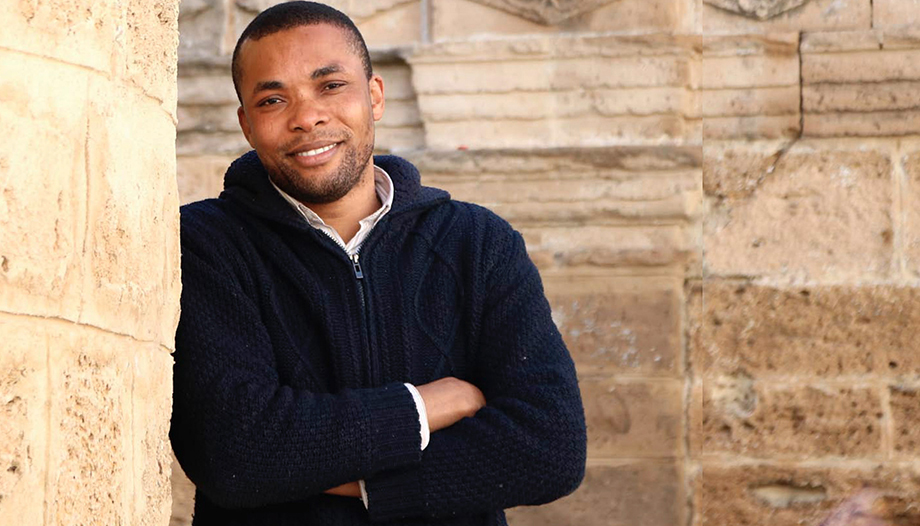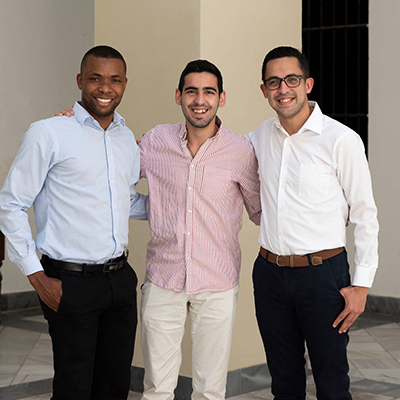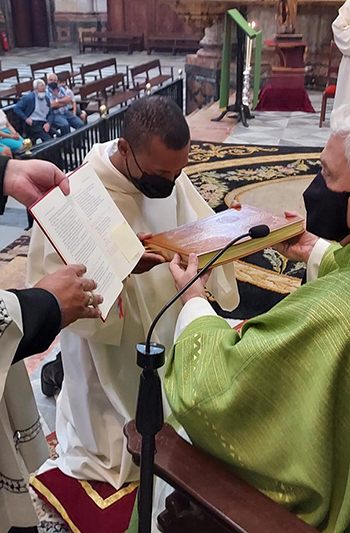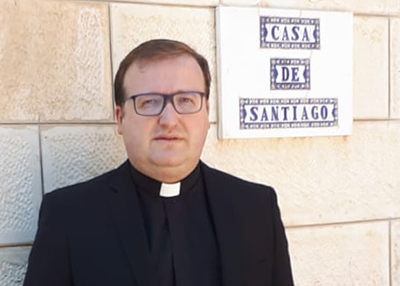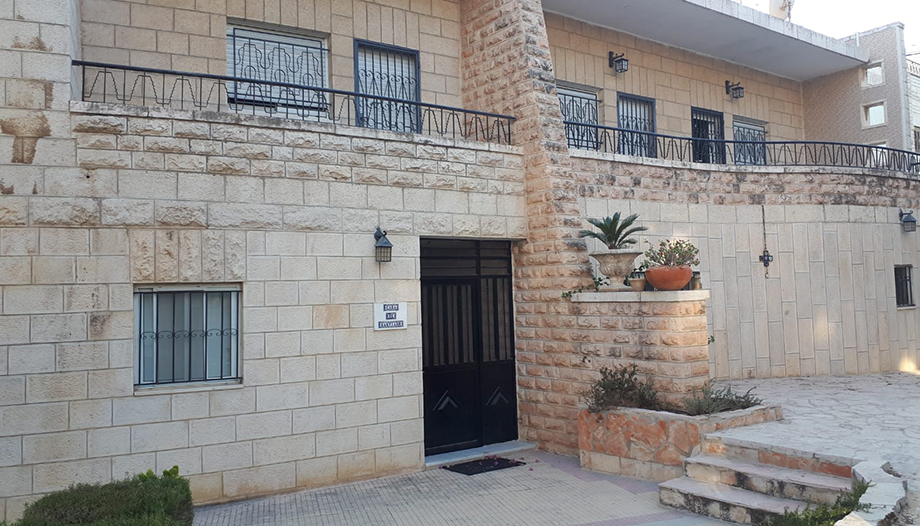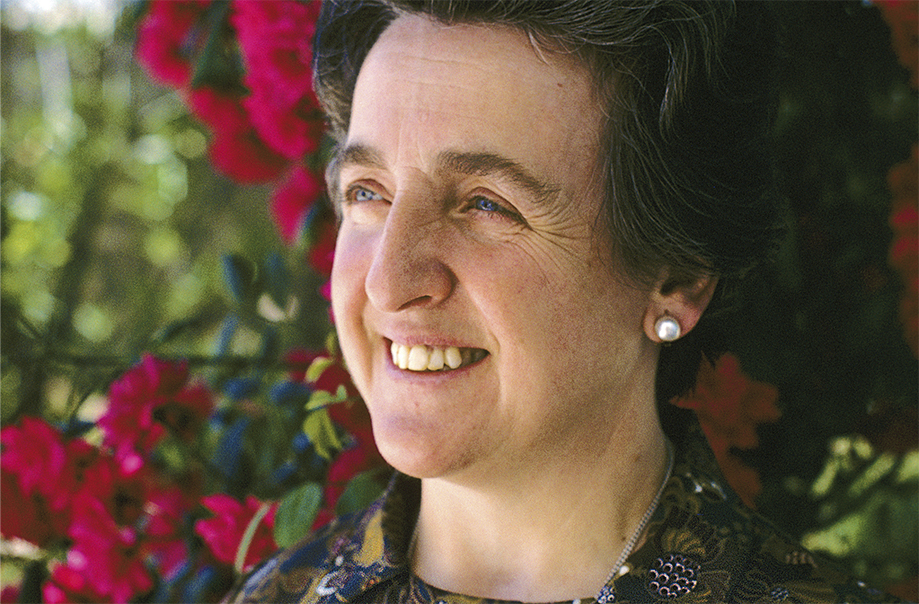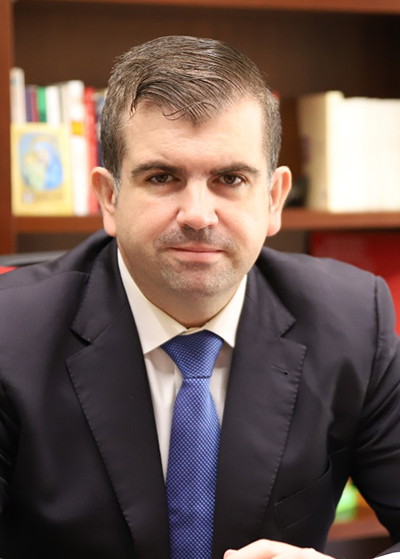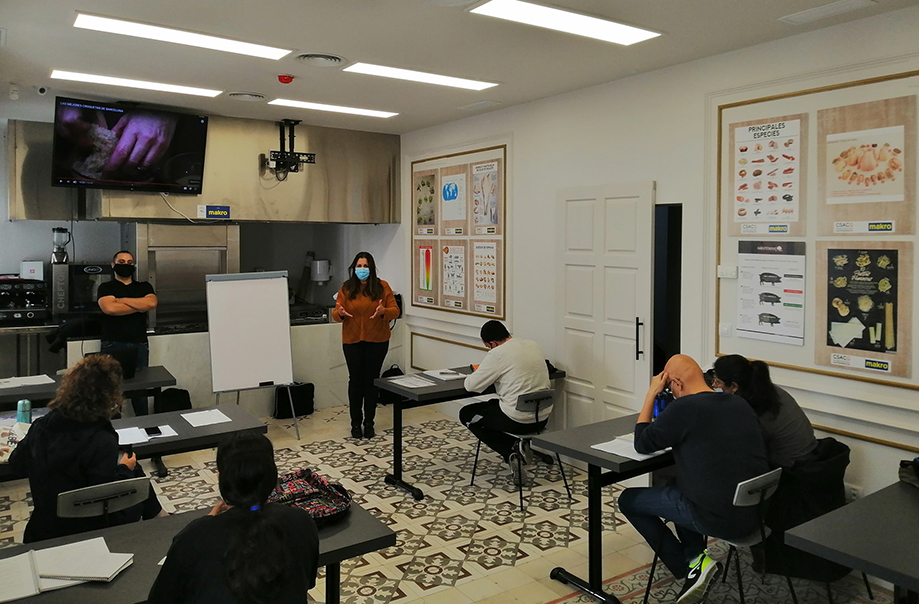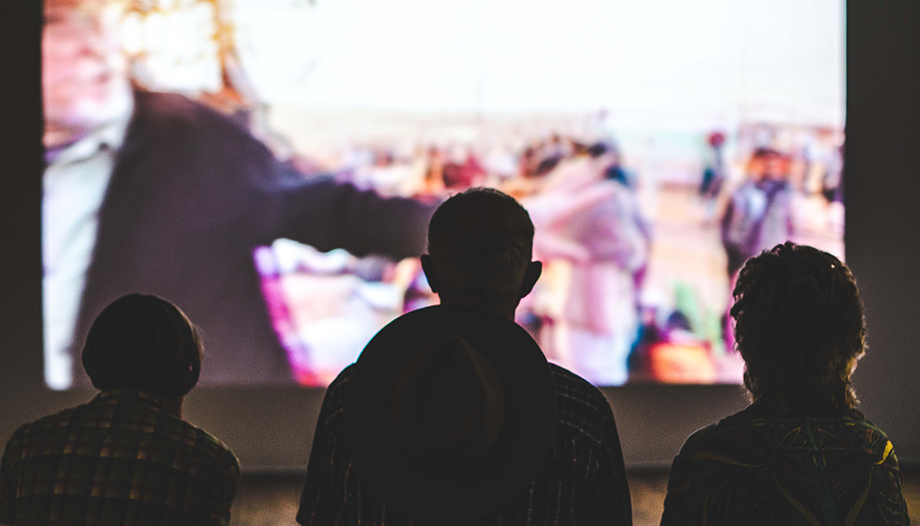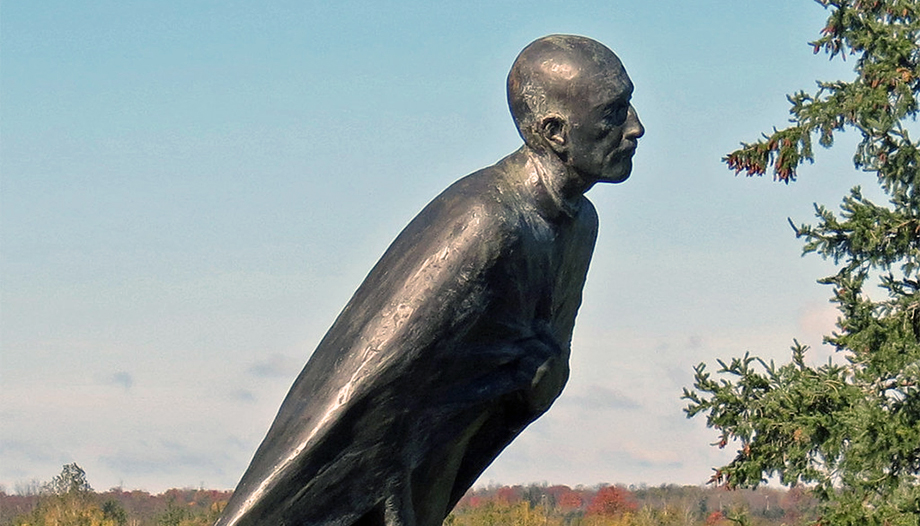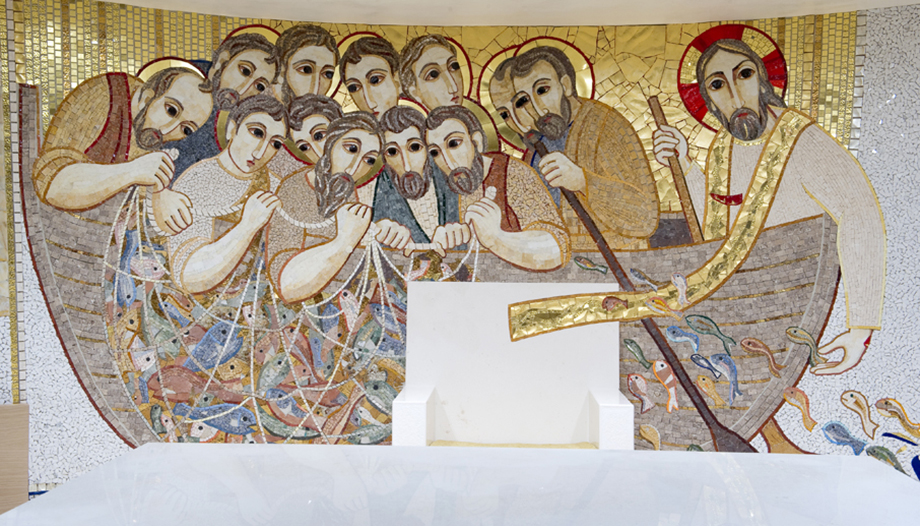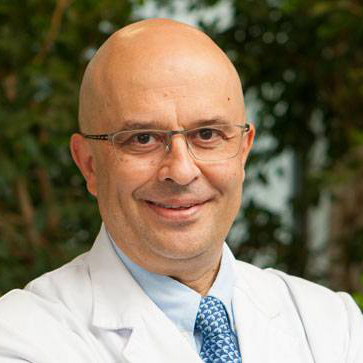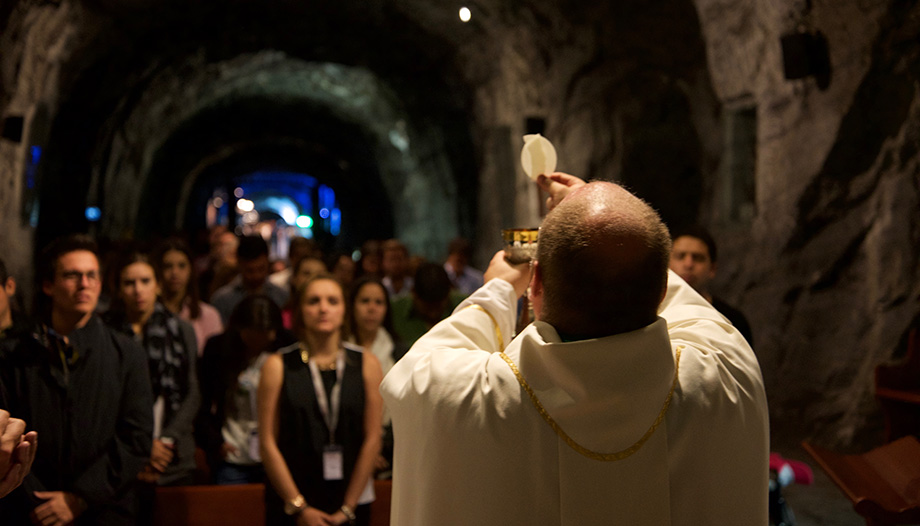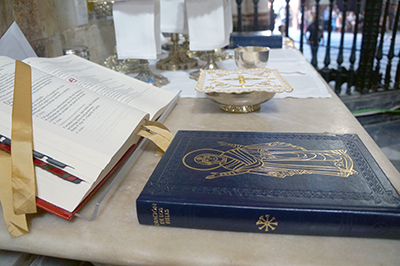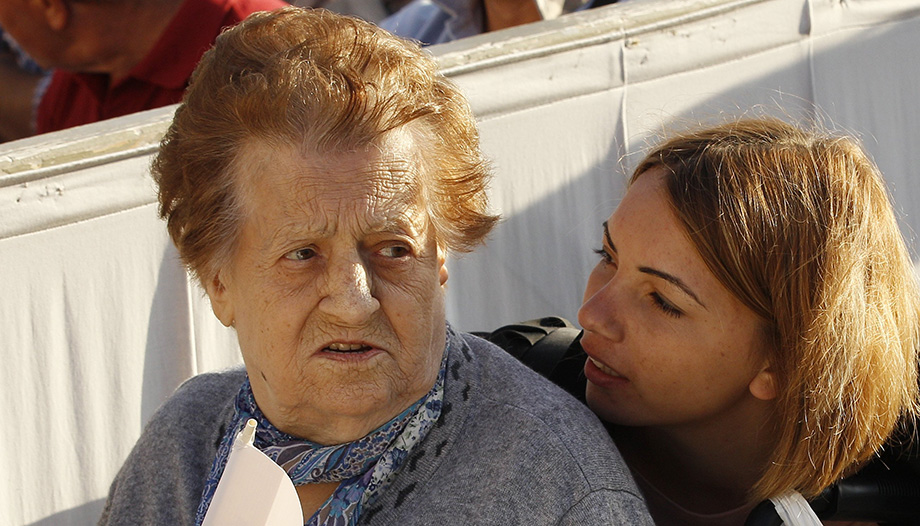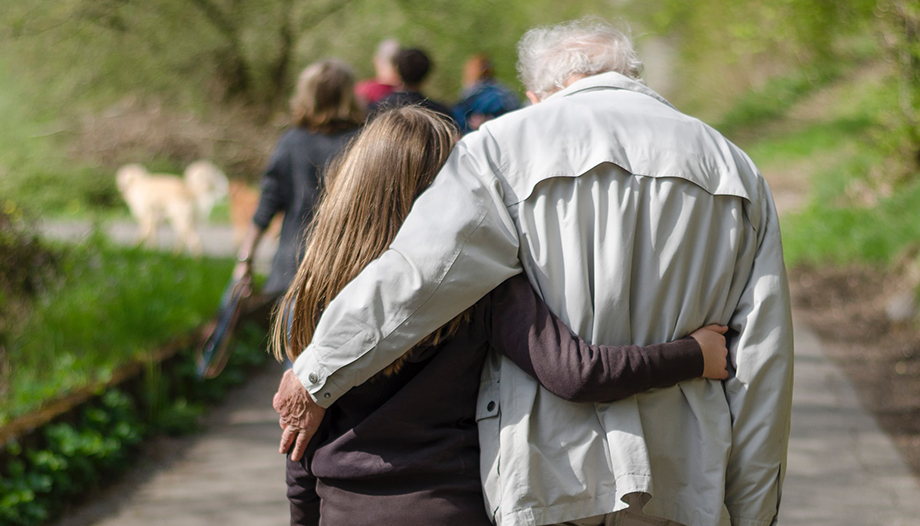Fr. Joshtrom Kureethadam, a Salesian religious, has lived these past months intensely. Under the leadership of Pope Francis, the Dicastery was involved in the preparation and promotion of Laudato Si' Week, which, convoked by the Holy Father, lasted 10 days (May 16-25), six years after the publication of the encyclical. During this time, Catholics were reminded in a special way of the beauty of God's creation, but also of the dangers faced by people around the world due to the scale of the ecological crisis.
One of the protagonists of Laudato Si' Week, who was present before the media together with the Prefect of the Dicastery, Cardinal Peter Turkson, was precisely Father Josh, as some in the Vatican call him. "Laudato Si' has been a kind of watershed not only for the Church but for the whole world. The influence it has had on the Catholic Church is evident in the many initiatives that have arisen in many local communities in the area of care for creation," he says in this interview.
In his opinion, "Laudato Si' is important especially for its focus on integral ecology. It is not only an environmental text, but also a social encyclical," says the director of the Vatican's Office of Ecology and Creation, who refutes accusations of alarmism: "Civil society and governments around the world have recognized the seriousness of the ecological crisis. "It is not alarmist to speak of the seriousness of the ecological crisis," Fr. Joshtrom said at another point.
Will the Pope be able to attend the COB26 climate summit November 1-12 in Glasglow? There is speculation about that possibility. "I'm afraid I cannot answer this question, as there has been no official statement from the Holy See on the matter. However, I do believe that Laudato Si' will also influence the Glasgow summit, the most important COP after Paris," says the director of the Vatican Office for Ecology and Creation.
On the other hand, Pope Francis does not cease to promote the work of the Dicastery. The Vatican is preparing an interreligious and scientific event to promote the Glasgow Summit, which will take place on October 4, according to the weekly Alfa y Omega. The meeting will be held under the theme Faith and Science: towards COP26, and was presented a few days ago in Rome by the Secretary for Relations with States, Archbishop Paul R. Gallagher; the UK Ambassador to the Holy See, Sally Jane Axworthy; and the Italian Ambassador to the See, Pietro Sebastiani.
Joshtrom Kureethadam, an excerpt of which was published a few days ago on the omnesmag.com website.
Laudato Si' continues to generate passionate debate on the question of integral ecology. Pope Francis speaks about "an unprecedented ecological crisis" Do you think that all his postulates are shared by States and civil society?
-Laudato Si' has changed the way we see and talk about environmental issues. Laudato Si' is especially important for its focus on integral ecology. The encyclical sees the ecological crisis in a holy way, for it speaks of "the cry of the earth and the cry of the poor" (no. 49). It is not only a text dealing with environmental issues, it is also a social encyclical. In fact, Pope Francis himself has reminded us on several occasions that Laudato Si' is not a green encyclical, but a social encyclical. The integral approach is evident in the metaphysics or philosophy underlying the encyclical, namely that everything is connected, that we are all interconnected and interdependent.
Laudato Si' is a landmark encyclical that has succeeded in capturing the dramatic and critical challenge we face today, the collapse of our own home. As Pope Francis reminds us, we face an "unprecedented ecological crisis" and, as Cardinal Turkson adds, "our human and non-human family as a whole is in great peril."
Civil society and governments around the world have recognized the seriousness of the ecological crisis. The importance attached to the COP26 climate summit to be held in Glasgow in November 2021, and at the very successful World Leaders Summit hosted by President Joe Biden on April 22, Earth Day, is evident. In fact, Pope Francis himself spoke on that occasion via a very powerful video message.
Some consider that there are postulates that are not alarmist, and others that may be.
-Unfortunately, there are those who see climate change as a "conspiracy" or think it is alarmist to talk about the crisis of our common home. This is a very unfortunate topic. Climate science has grown significantly in recent decades, and there is a unanimous consensus among the scientific community that the current ecological crisis in the case of climate and biodiversity crises are due to human activities. In other words, they are anthropogenic in origin. I myself can say this as an academic. In drafting Laudato Si ', Pope Francis was assisted by some of the world's top scientists, including members of the Vatican's Pontifical Academy of Sciences. It is true that there has been resistance from some sectors of the public in recent decades.
However, the issue is not so simple, as such resistance is engendered primarily by vested economic interests and, in some cases, partisan ideologies as well. Unfortunately, environmental skepticism has robbed us of precious decades to respond to the crisis of our common home and we are now almost at our limit. Our children and young people have understood this truth much better than many political and economic gurus, and have been walking our streets calling us to change course.
Will the Pope be able to attend the COB26 climate summit in early November in Glasglow?
-I am afraid I cannot answer this question, as there has been no official communiqué from the Holy See on the matter. However, I do believe that Laudato Si' will also influence the Glasgow summit, the most important of the COPs after Paris. The momentum generated after the publication of Laudato Si' and the insistence of Pope Francis and the Church in recent years on the importance of not going beyond the 1.5°C temperature rise threshold as it would be catastrophic for human communities, because of the unprecedented consequences in the area of food security, health and migration, will certainly be felt in the Glasgow negotiations.
Where do you see the most progress in the practical application of Laudato Si'? Could you summarize some of these points around this week of reflection on the encyclical?
-Yes. Laudato Si' has been a kind of watershed not only for the Church but for the whole world. The influence it has had on the Catholic Church is evident in the many initiatives that have emerged in many local communities on the issue of care for creation.
This was very clear in the enthusiasm and creativity of Catholics around the world in celebrating the Laudato Si' Year announced by Pope Francis that began with Laudato Si' Week (May 17-24, 2020) and closed again with another beautiful Laudato Si' Week this year (May 16-24, 2021).
This year's Laudato Si' Week showed, in some ways, how the encyclical has entered the mainstream of our Catholic communities around the world. Participation was colossal for the online plenary events each day and there have been hundreds and hundreds of local events around the world during Laudato Si' Week.
The Church has stated that it is important to move from words to deeds. What do you consider most important about the Laudato Si' Platform for Action? How can you best participate in the working groups?
-We have been reflecting on Laudato Si' for the past six years or so. However, the "cry of the earth and the cry of the poor" of which the encyclical speaks is becoming ever louder and even more painful. We believe that the time has come to raise the orbit of the encyclical to that of concerted and communitarian action. This is the reason why the Vatican has presented the Laudato Si' Platform for Action for the next 7 years, which was officially announced by Pope Francis himself through a video message on May 25, 2021 during the press conference called to present the Platform.
The Laudato Si' Platform for Action is action-oriented. It is a concrete journey to make communities around the world fully sustainable in the spirit of the encyclical's integral ecology. We invite seven sectors of our society (families; parishes and dioceses; schools and universities; hospitals and health centers; employees, businesses and farms; groups, movements, NGOs and organizations; and finally communities and religious orders) to undertake seven years of ecological conversion in action.
To underscore the action-oriented nature of the Laudato Si' Platform for Action, seven Laudato Si' Goals are proposed. The holy objectives reflect the range of Catholic social teaching, and each lists examples of various benchmarks to be met.
1. Response to the Earth's Cry (increased use of clean renewable energy and reduction of fossil fuels to achieve carbon neutrality, efforts to protect and promote biodiversity, ensuring access to clean water for all, etc.).
2. Response to the Cry of the Poor (defense of human life from conception to death and all forms of life on Earth, with special attention to vulnerable groups such as indigenous communities, migrants, children at risk, etc.).
3. Ecological Economics (circular economy models for sustainable production, fair trade, ethical consumption, ethical investments, disinvestment in fossil fuels and any economic activity harmful to the planet and people, investment in renewable energies, etc.).
4. Adoption of Simple Lifestyles (resource and energy sobriety, avoiding single-use plastic, adopting a more plant-based diet and reducing meat consumption, increased use of public transportation and avoiding polluting modes of transportation, etc.).
5. Ecological Education (rethinking and redesigning curricula and educational structures in the spirit of integral ecology to create ecological awareness and action, promoting the ecological vocation of young people, teachers and all through ecological conversion, etc.).
6. Ecological Spirituality (recovering a religious vision of God's creation, fostering greater contact with the natural world in a spirit of wonder, praise, joy and gratitude, promoting liturgical celebrations centered on creation, developing ecological catechesis, prayer, retreats and integral ecological formation for all, etc.).
Emphasis on Participation community and participatory action at the local, regional, national and international levels (promoting advocacy and grassroots campaigns, encouraging local and neighborhood rootedness, etc.)
The Laudato Si' Platform for Action has a website in nine languages and anyone interested can register in any of the seven sectors mentioned above. Once participants log in, they will be accompanied by the respective working groups in each of the sectors.
I hope these comments are helpful. Thank you very much for this opportunity.
Five aspects
So much for the interview with Fr. Joshtrom Kureethadam. Now, in order to learn more about what happened during Laudato Si' Week, some aspects are highlighted below. Inspired by the slogan "because we know that things can change," thousands of Catholics worked those days "with hope and with the fervent belief that together we can create a better future for all members of creation," the Global Catholic Climate Movement has stressed. Here are some highlights of those days:
1. The impetus of Pope Francis, who once again led the way, inspiring and encouraging Catholics to participate in the celebration. Months before the event, the Pope encouraged the world's 1.3 billion Catholics to participate through a special video invitation. He repeated his invitation on May 16, and united the Church in prayer and action throughout the celebration by tweeting about Laudato Si' Week. The Pope then thanked the millions of people for their participation in the Special Anniversary Year of Laudato Si', and expressed his best wishes to the animators.
2. Catholics undertake shares. Locally, nearly 200 events were registered worldwide, a growth of more than 200 % compared to 2020 Week.
3. Laudato Si' Dialogues. The Pentecost Prayer Meeting/Missionary Outreach, led by Cardinal Luis Antonio Tagle, prefect of the Congregation for the Evangelization of Peoples, took place on May 23 around the world and was followed by tens of thousands of people on YouTube and Facebook. Throughout the week, as Catholics organized events at the local level, the Laudato Si' Dialogues challenged everyone to examine how we can do more for our common home.
4. Fossil fuel divestment. During Laudato Si' 2021 Week, dozens of institutions in a dozen countries have committed to divest from fossil fuels. Last year, on the occasion of the encyclical's fifth anniversary, the Vatican issued environmental guidelines that frame investment in fossil fuels as an ethical choice, on par with other important ethical choices. Fr. Joshtrom Kureethadam has stated that divestment is a physical, moral and theological imperative. On the other hand, Cardinal Jean-Claude Hollerich, Archbishop of Luxembourg and President of the Conference of Catholic Bishops of EU States (COMECE), said that institutions that choose not to divest risk making their other work ring hollow.
5. Platform. On May 25, the Vatican officially launched the Laudato Si' Platform for Action, which will empower Catholic institutions, communities and families to implement the encyclical. The Pope's initiative invites the entire Catholic Church to achieve total sustainability over the next seven years, as Fr. Joshtrom Kureethadam explained in the interview.
Faith and Science Conference
In addition, some additional information has been learned about the conference Faith and Science: Towards COP 26, to be organized by the Vatican on October 4, with the presence of some 40 religious leaders and 10 scientists from around the world.
It is an appeal to world leaders ahead of the 26th annual United Nations Climate Change Conference, scheduled for November in Glasgow. "We hope that religious leaders will raise the ambitions of our political leaders and our statesmen, so that they will be able to see the problems and make courageous decisions," said Archbishop Paul R. Gallagher, secretary for Relations with States of the Holy See, according to the Global Catholic Climate Movement.
At COP 26, countries must announce their plans to meet the goals of the historic 2015 Paris agreement, in which nearly all nations agreed to reduce greenhouse gas emissions and limit global temperature rise to 2 degrees Celsius, down from a target of 1.5 degrees Celsius above pre-industrial levels this century. At a press conference, Archbishop Gallagher noted the unique role that religious leaders and communities can play and have played in advocating for global action against the climate emergency.
 "Jesus alone nourishes our soul. Without Him, rather than live, we survive."
"Jesus alone nourishes our soul. Without Him, rather than live, we survive." "Faith in Jesus Christ frees from the Law and at the same time brings it to fulfillment."
"Faith in Jesus Christ frees from the Law and at the same time brings it to fulfillment."




